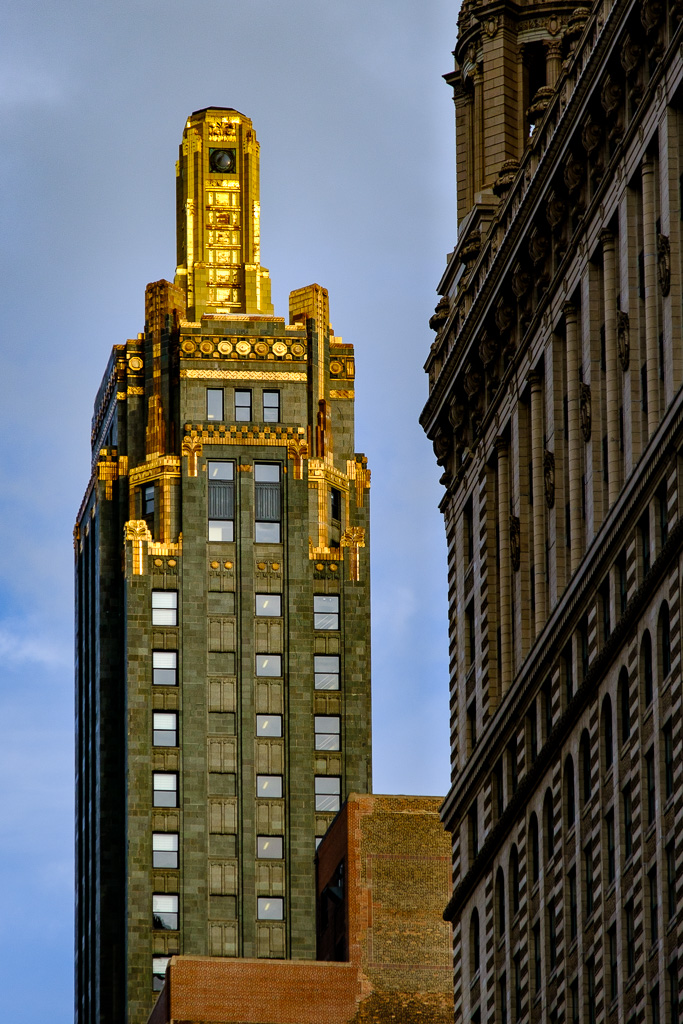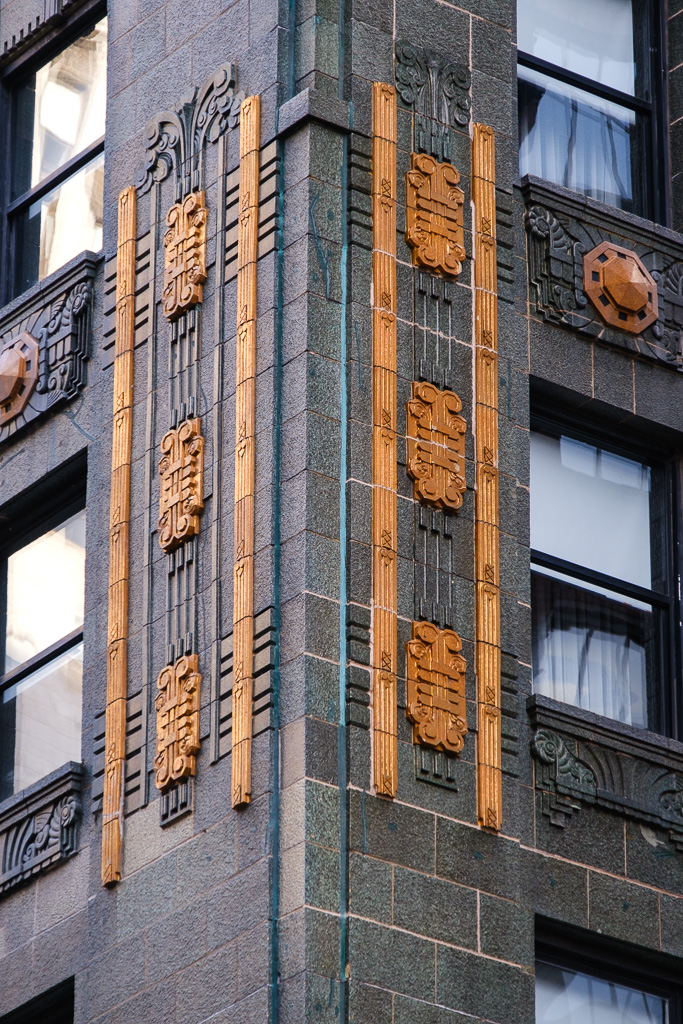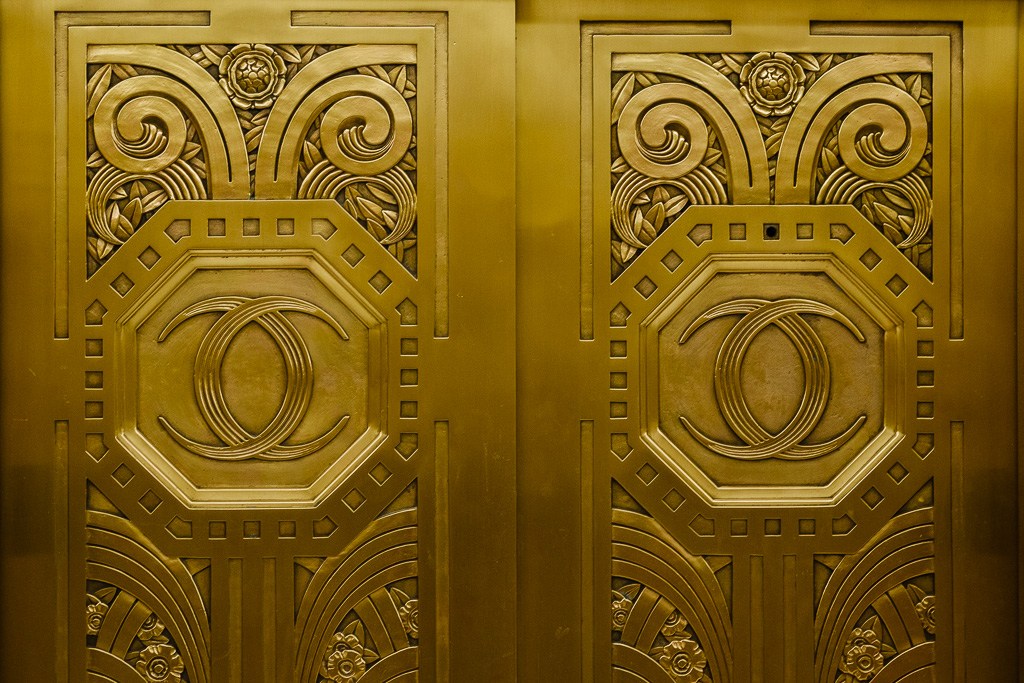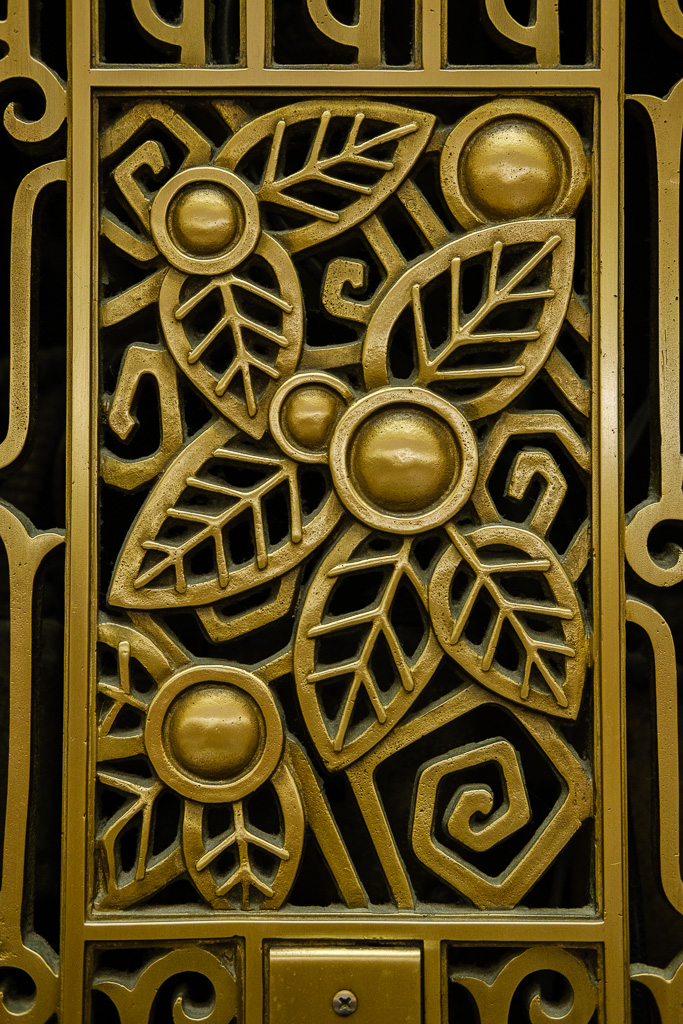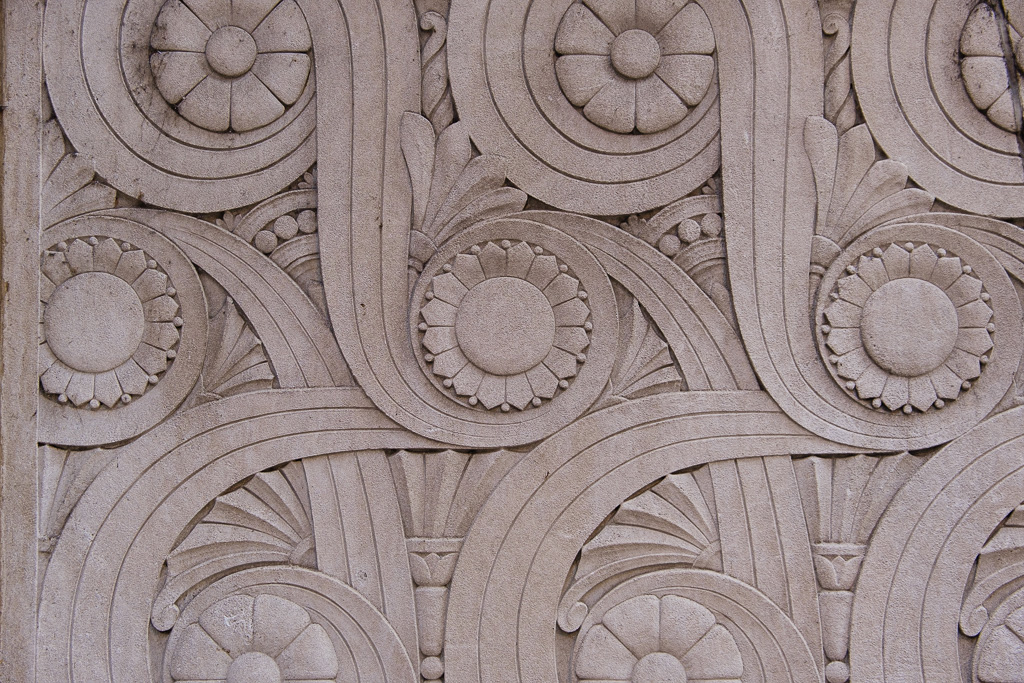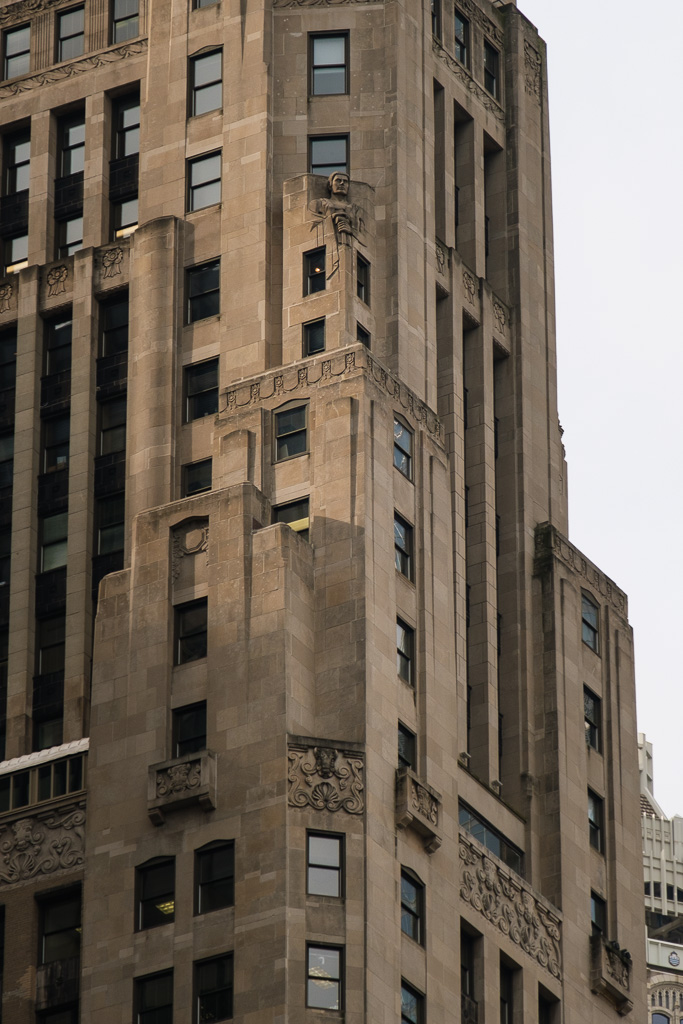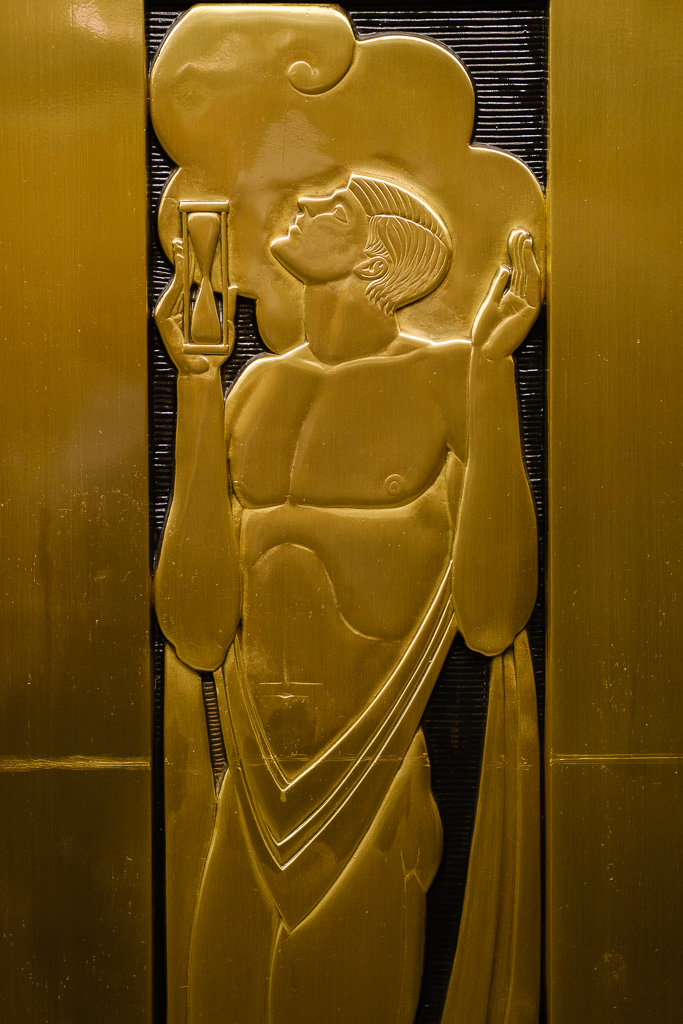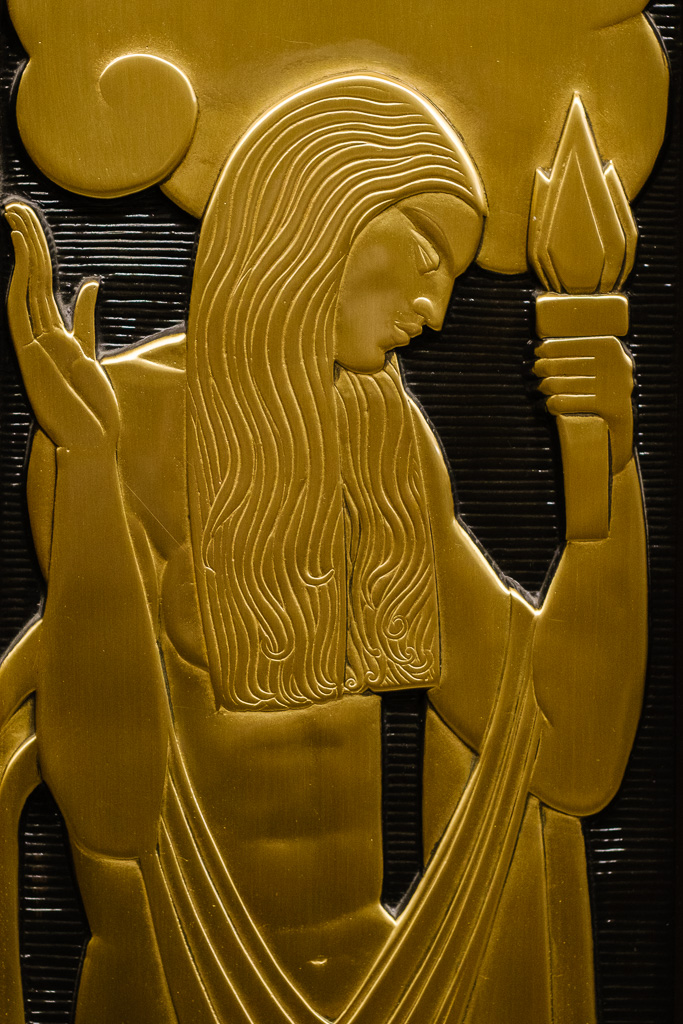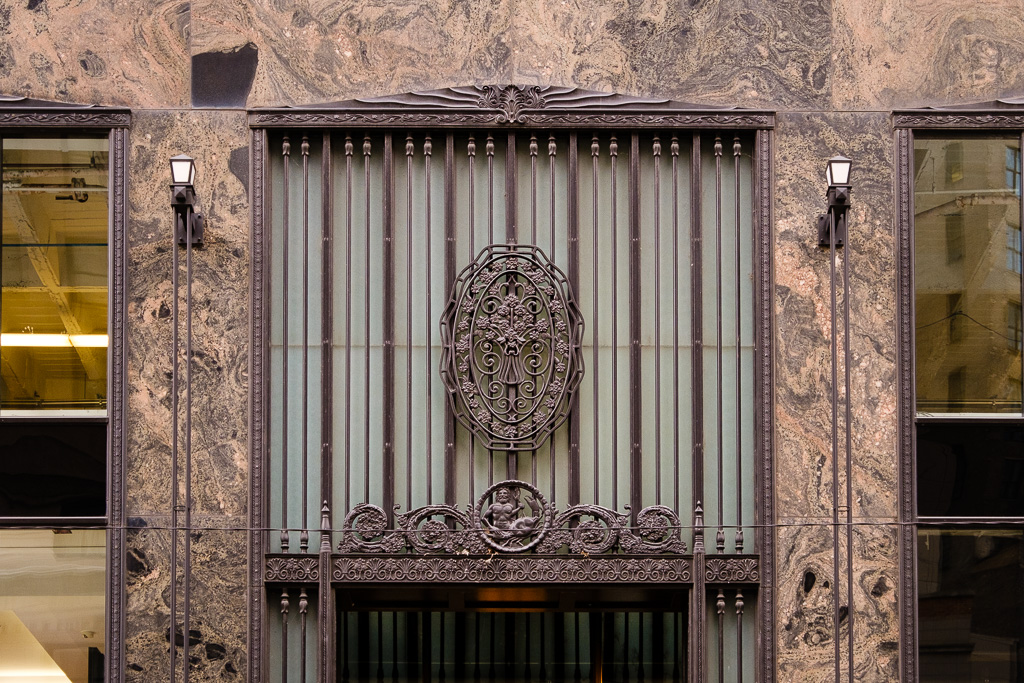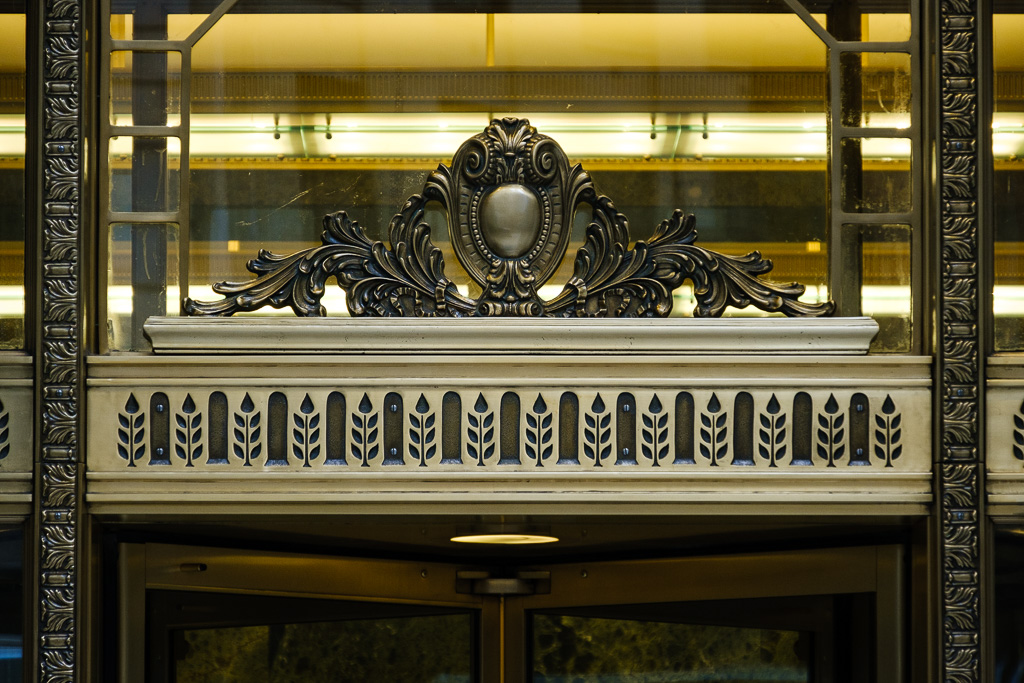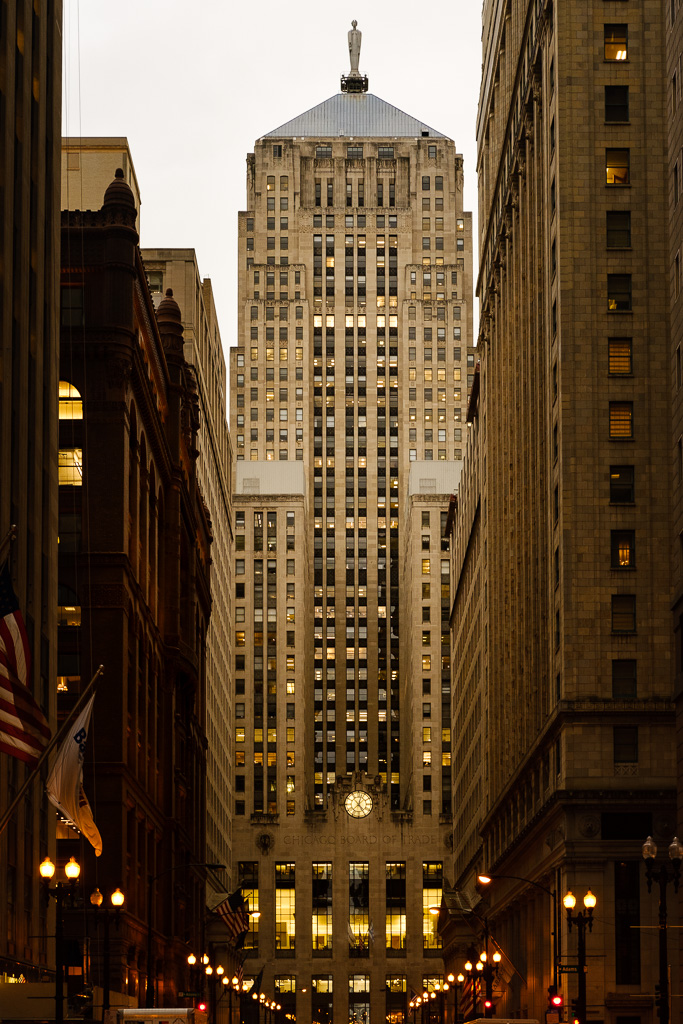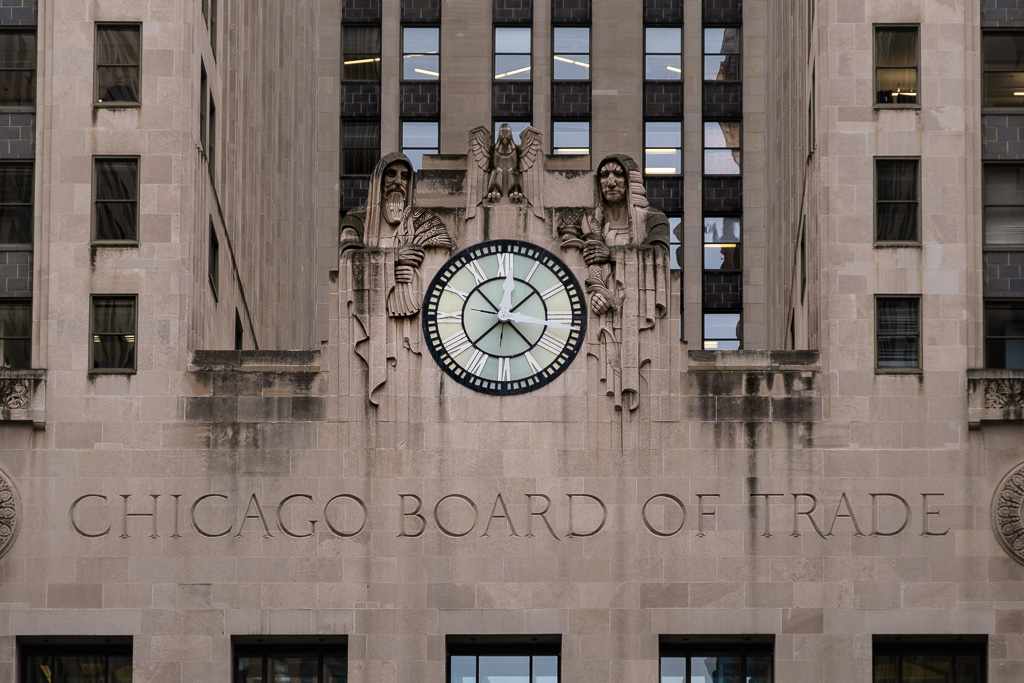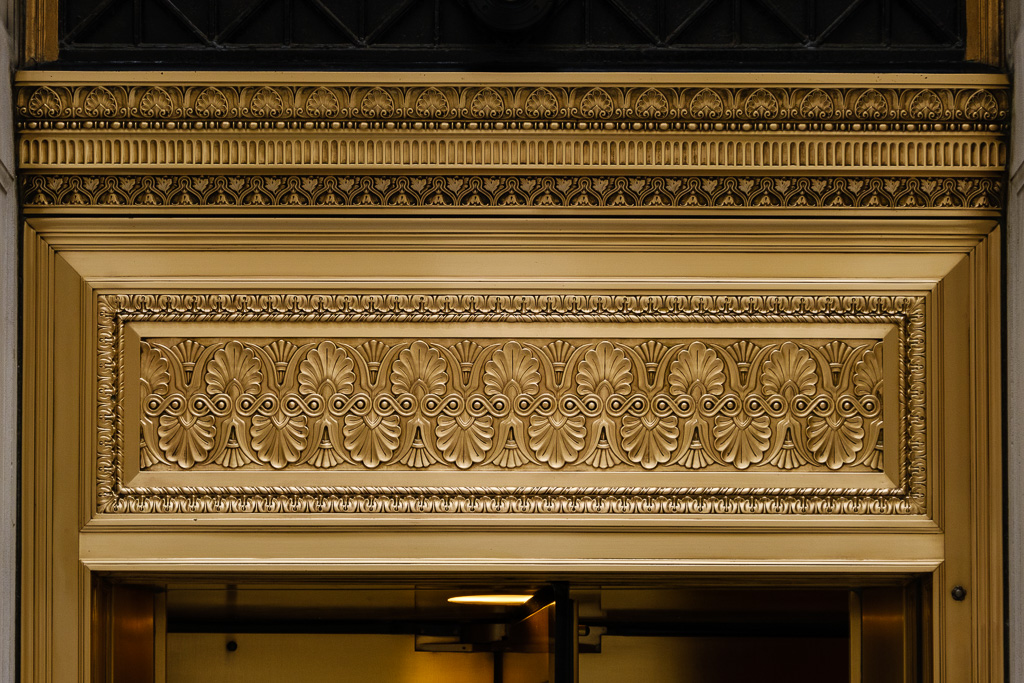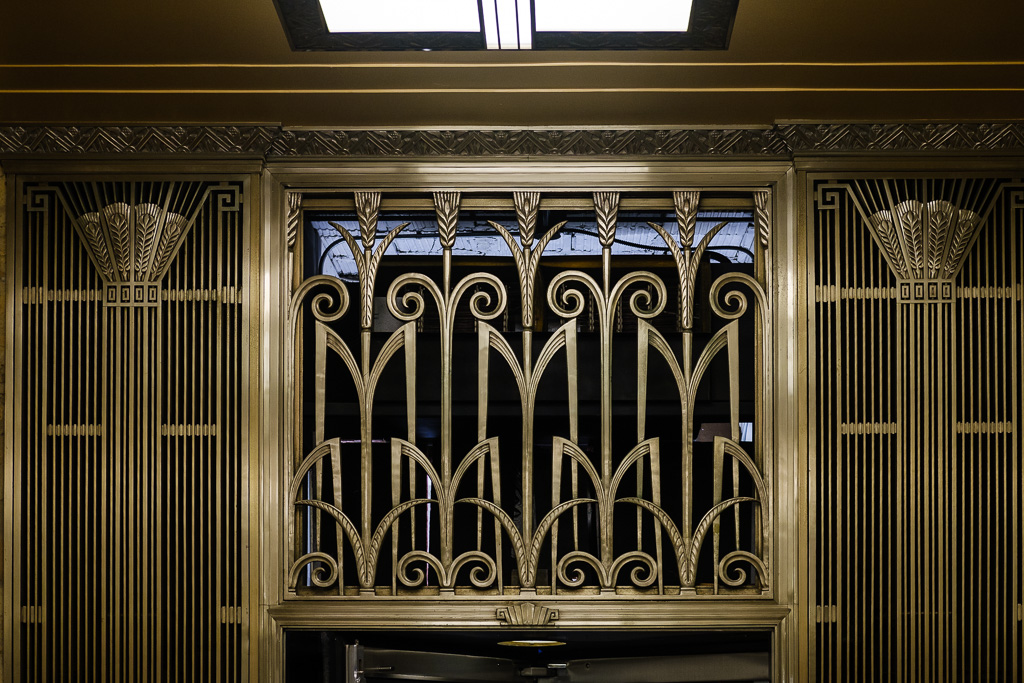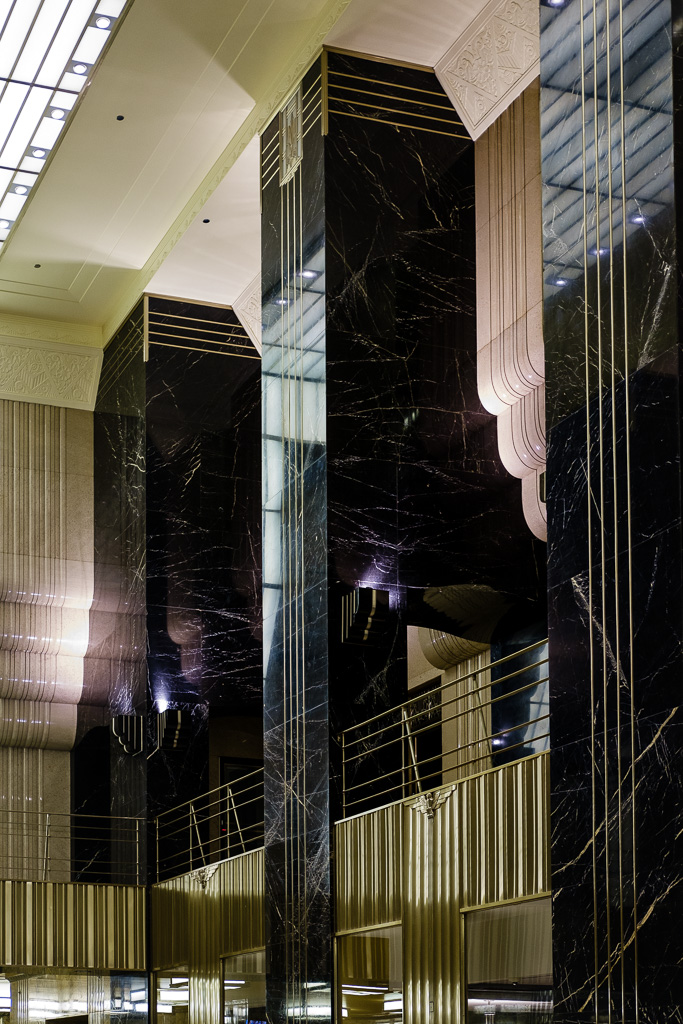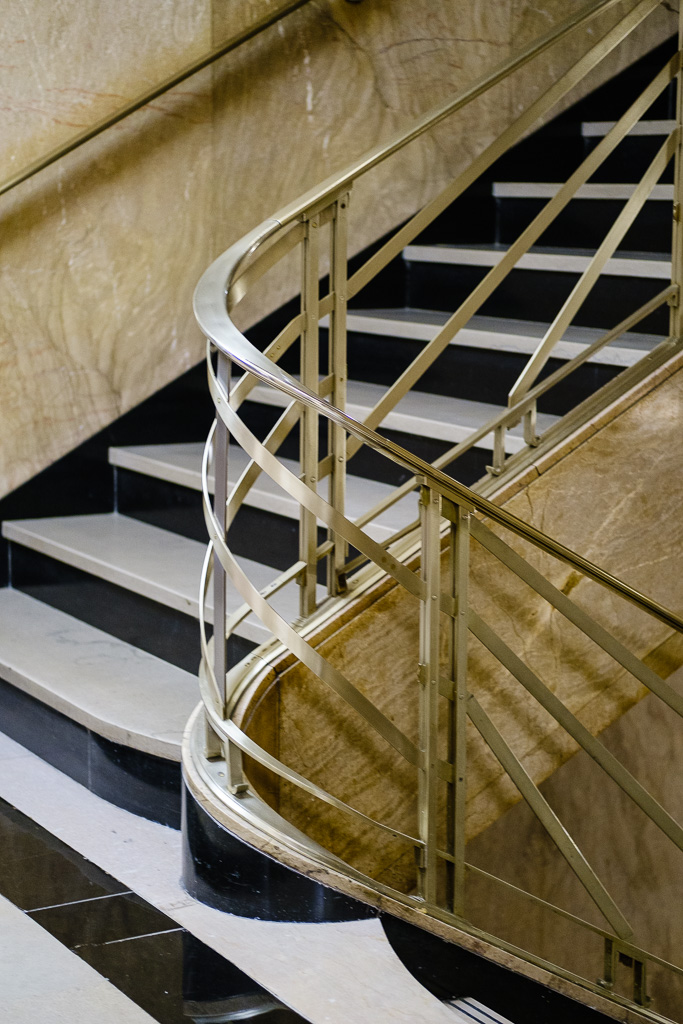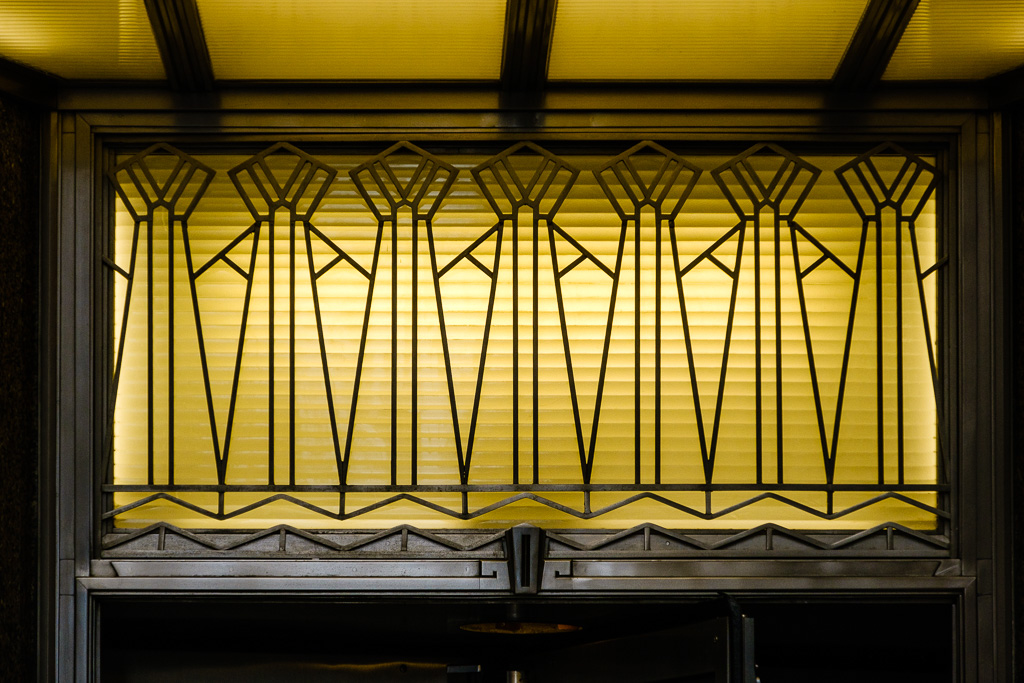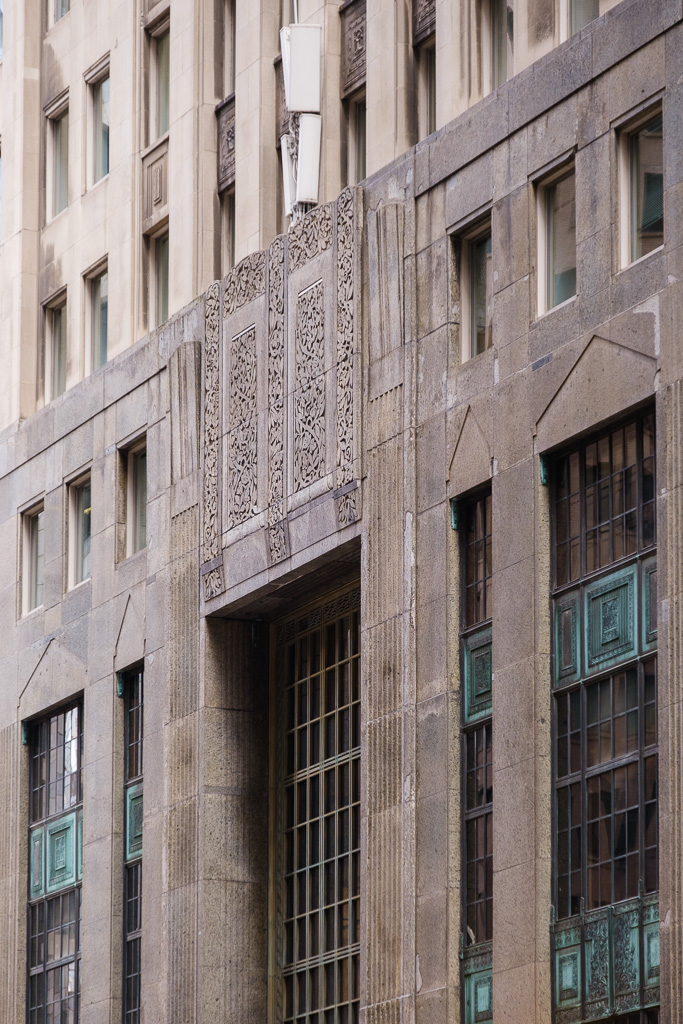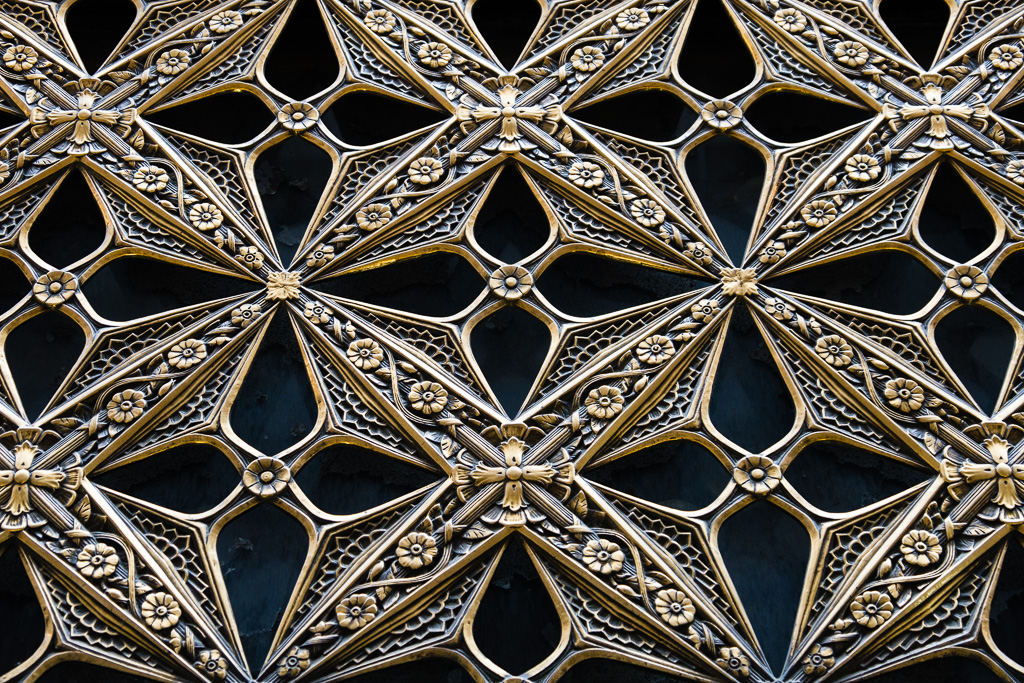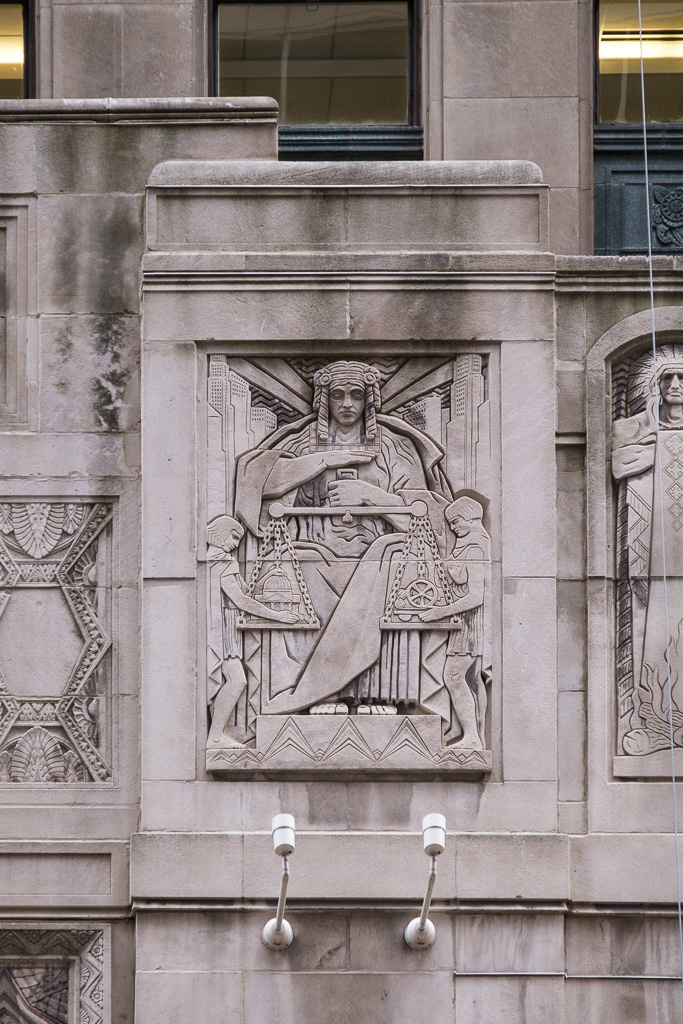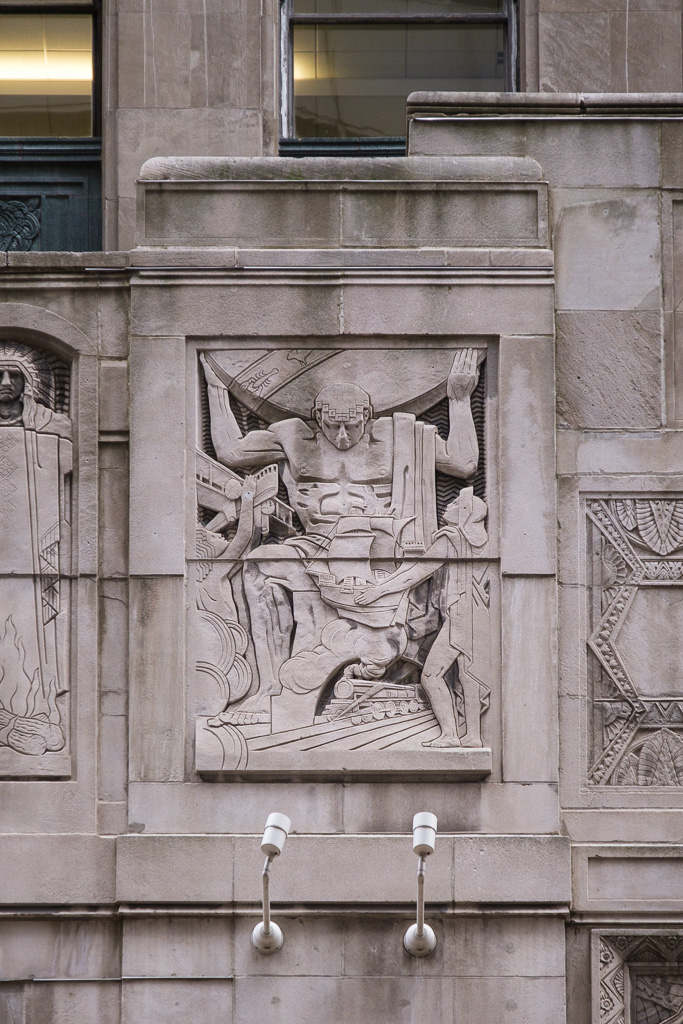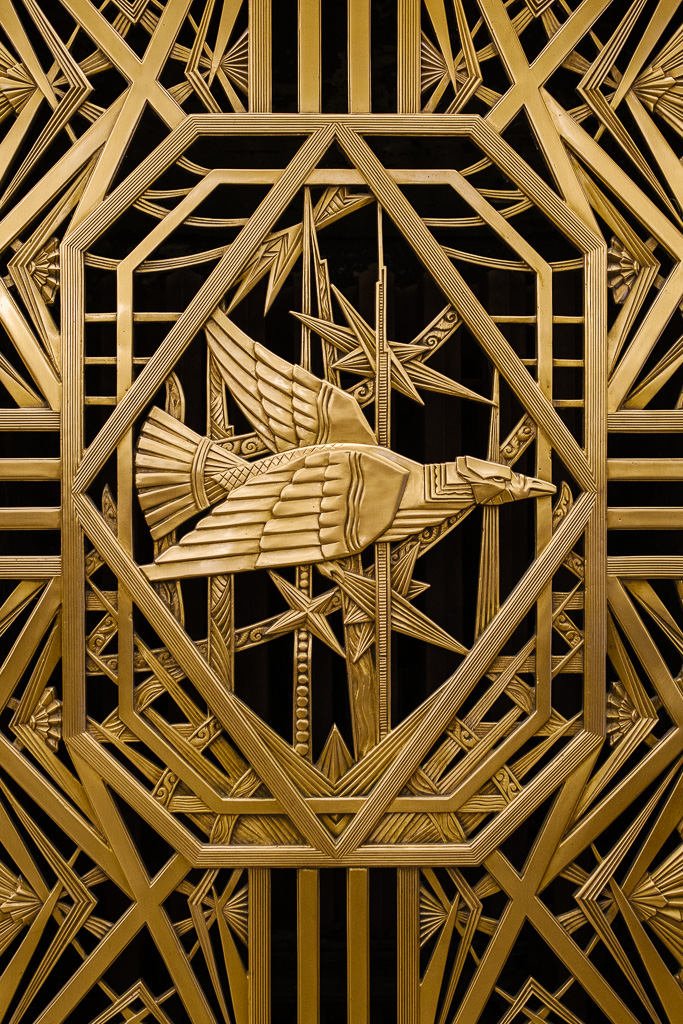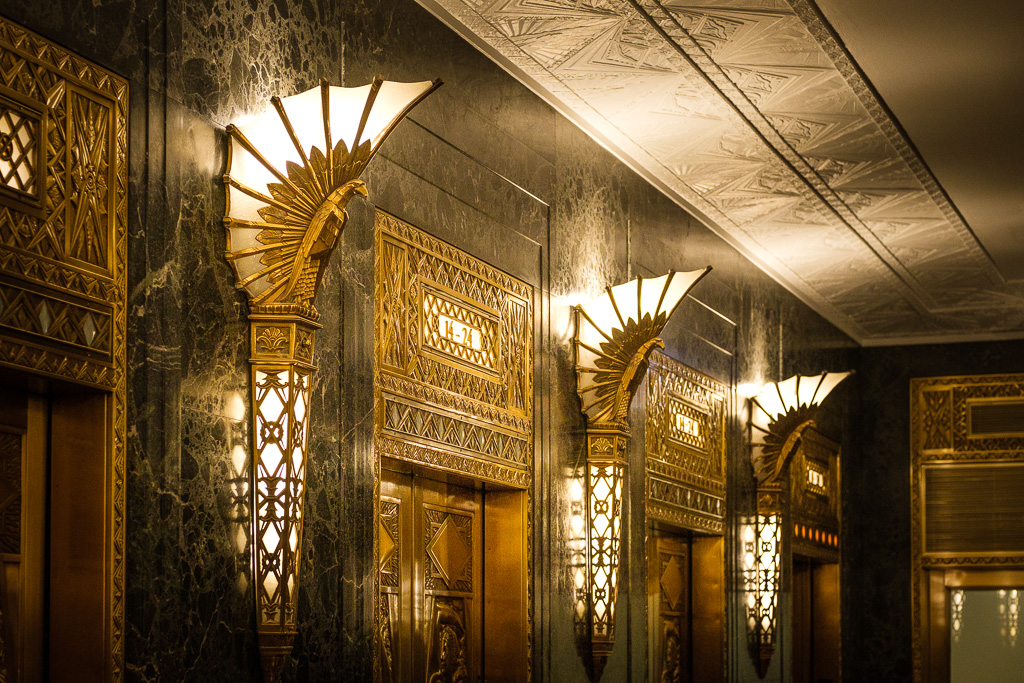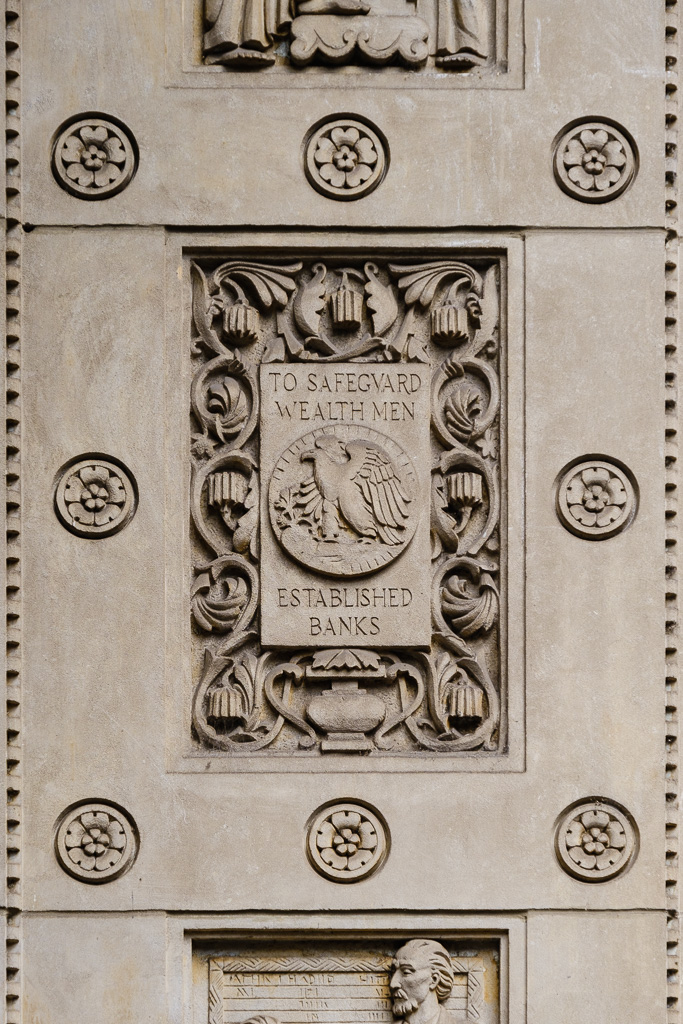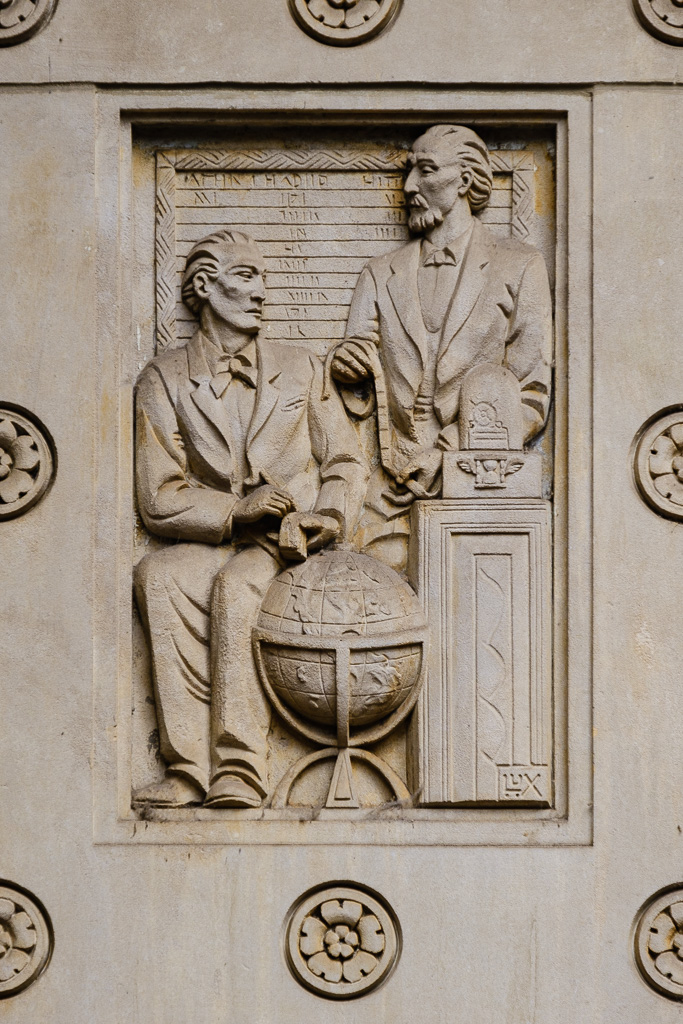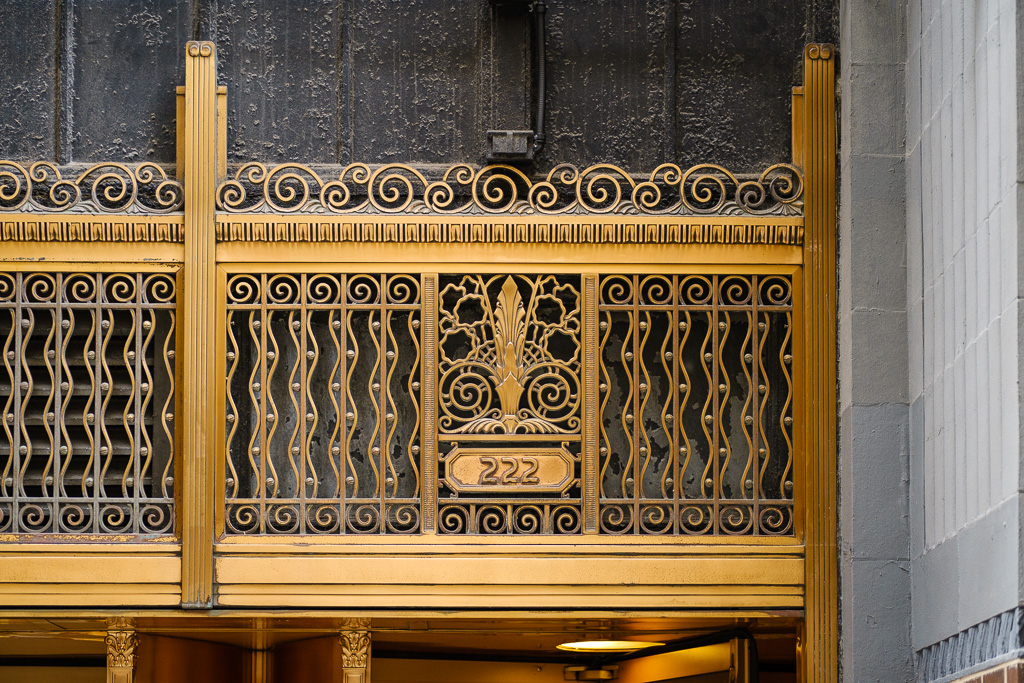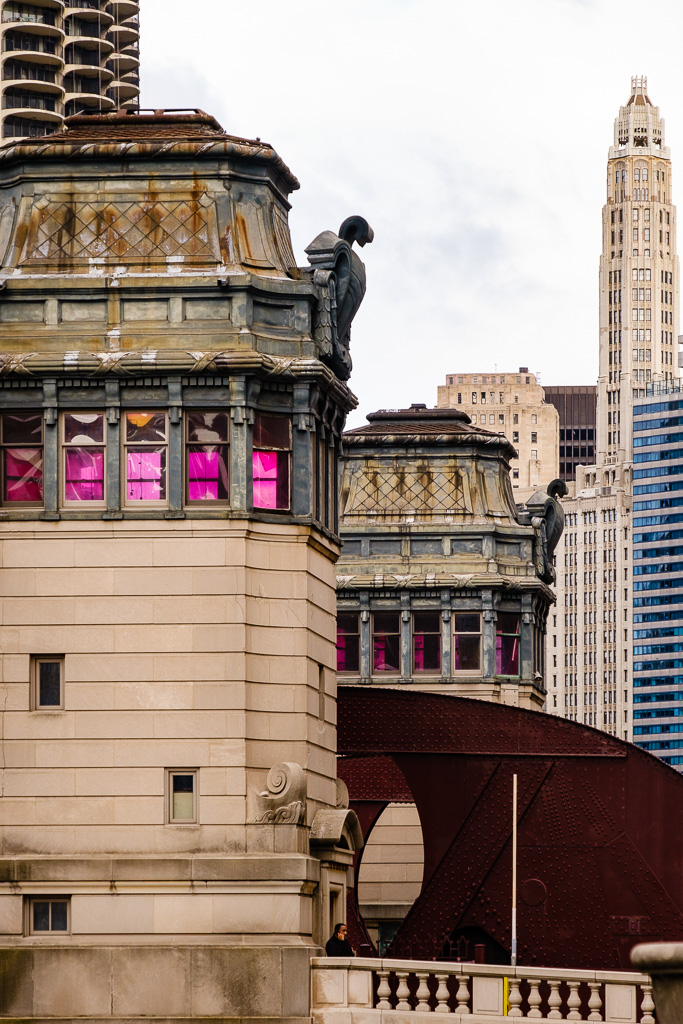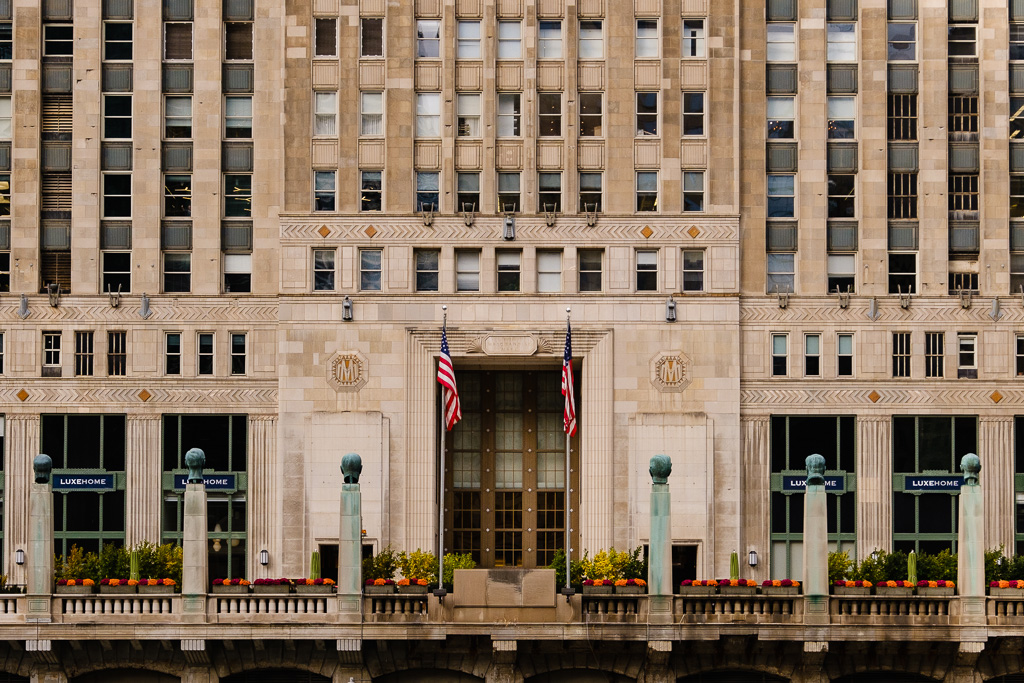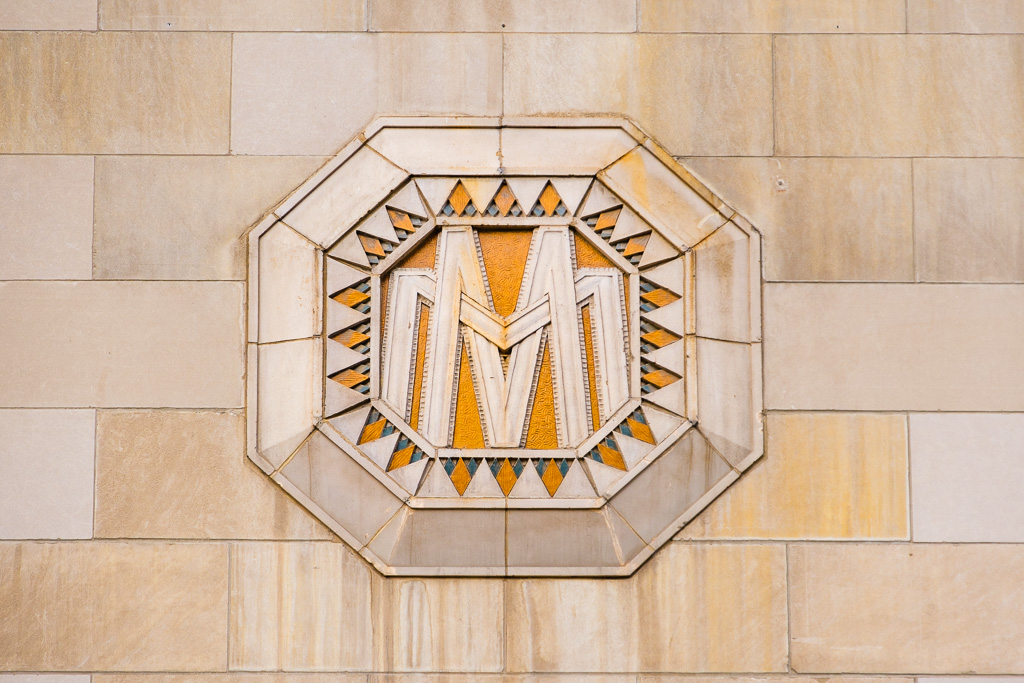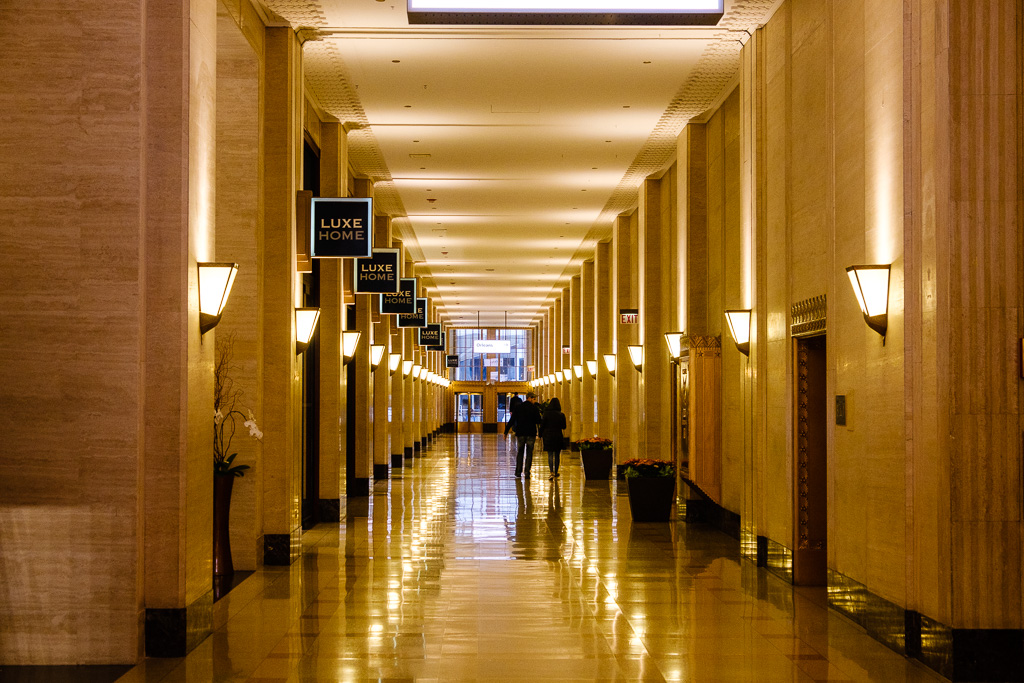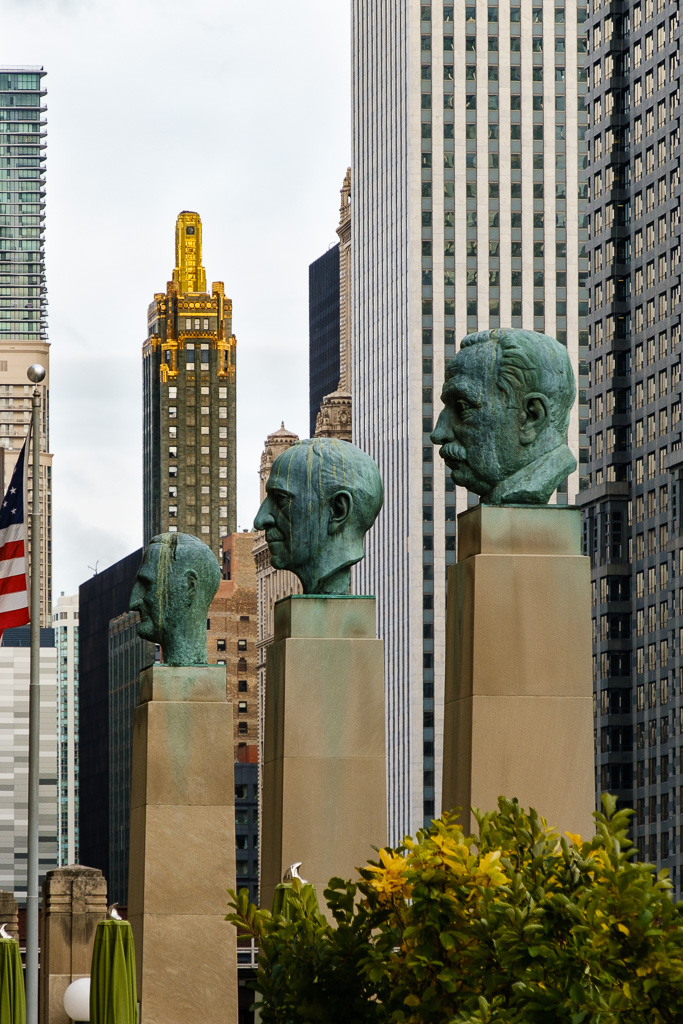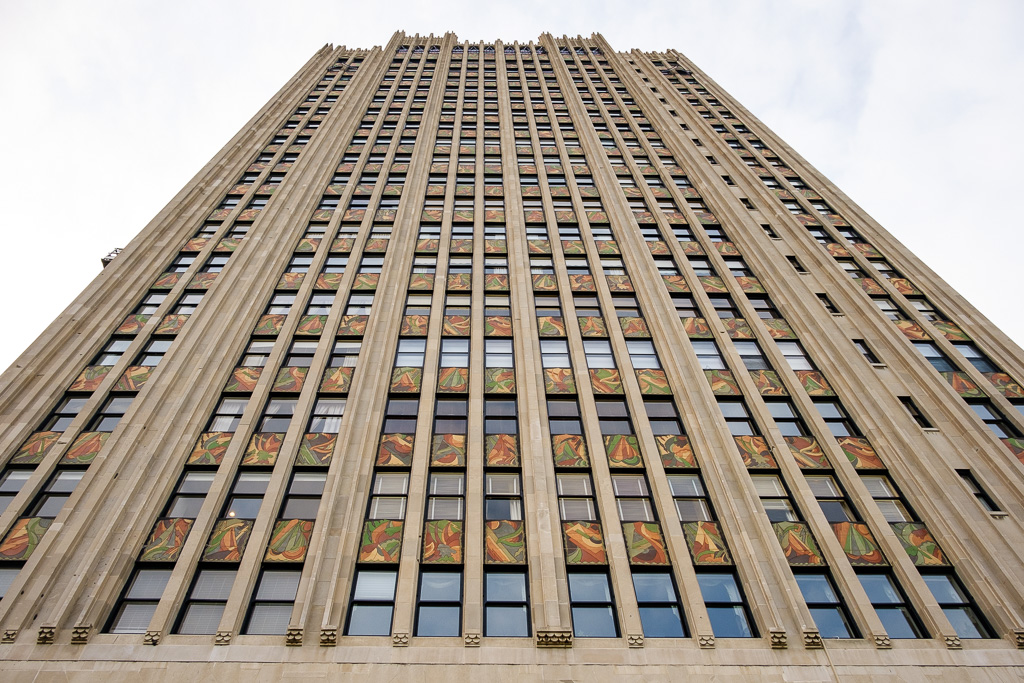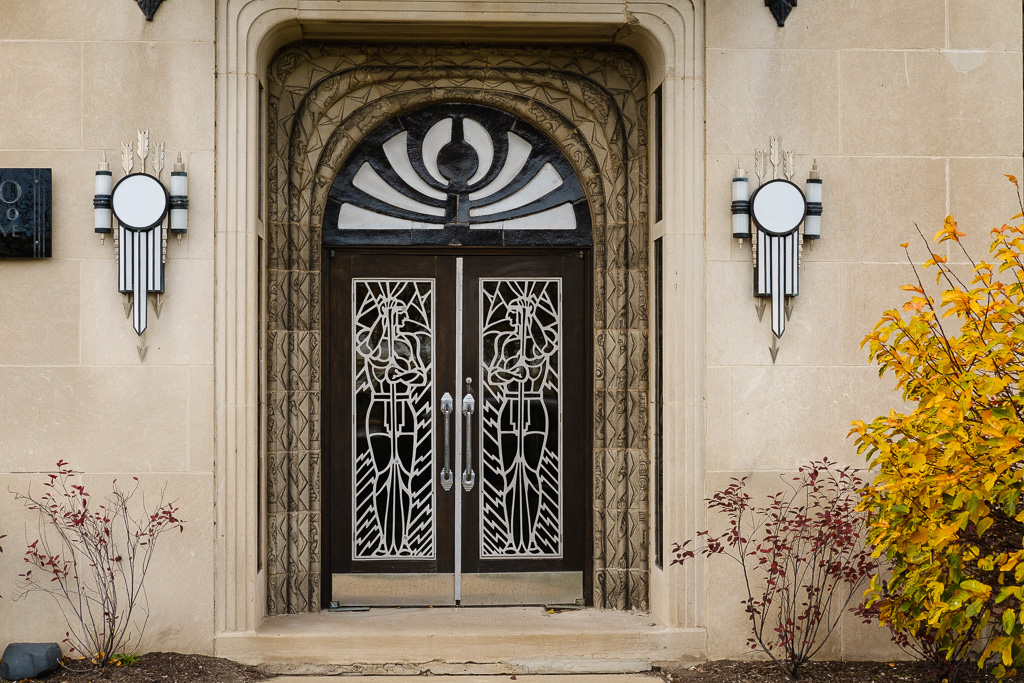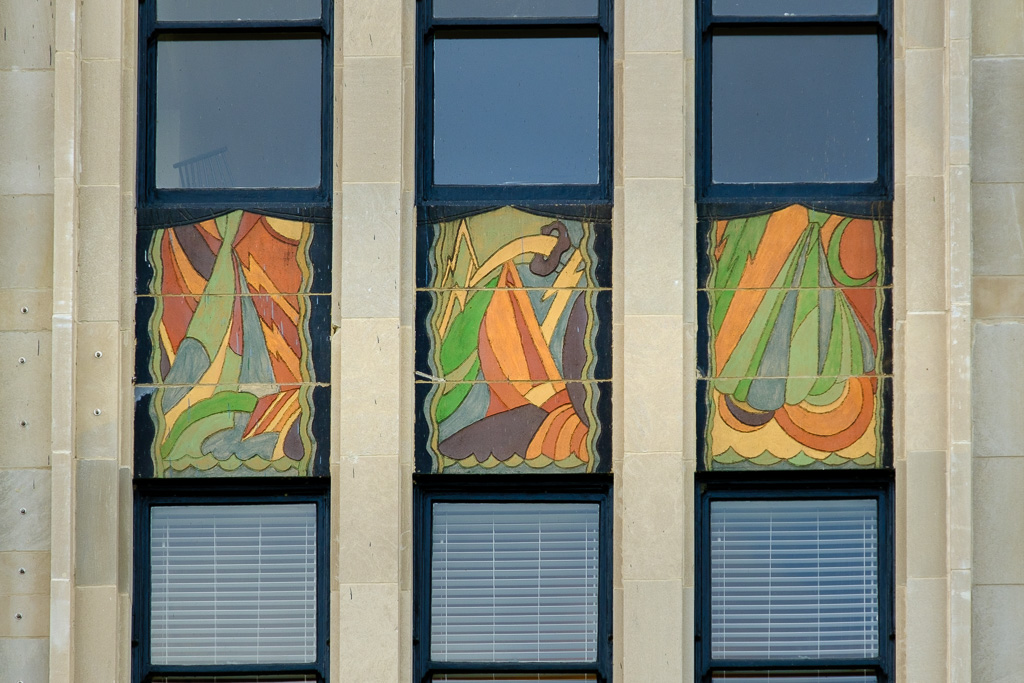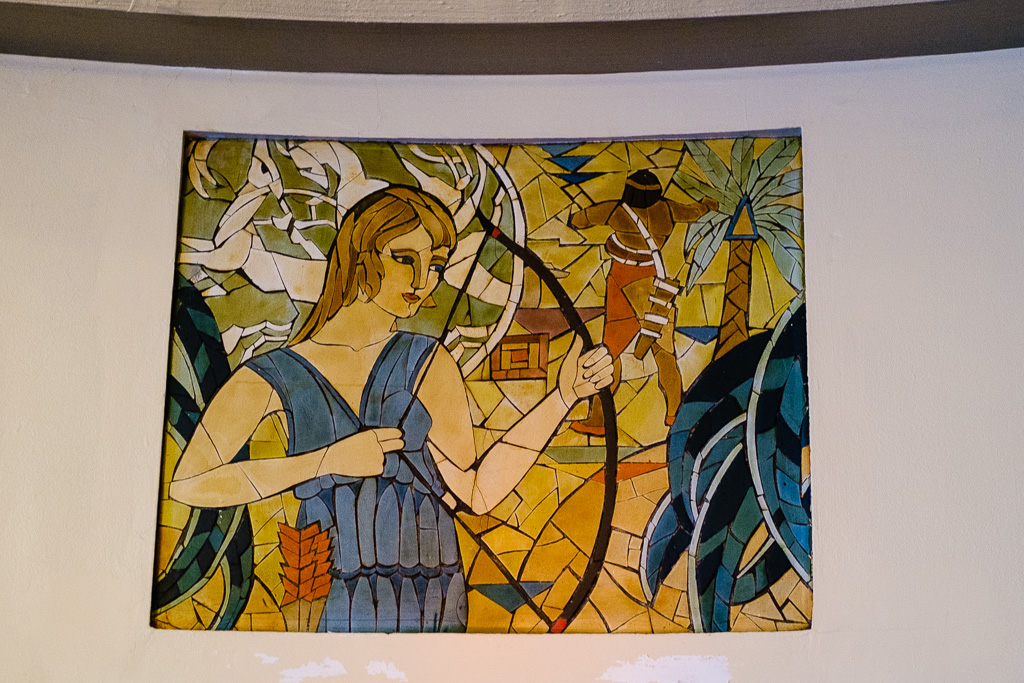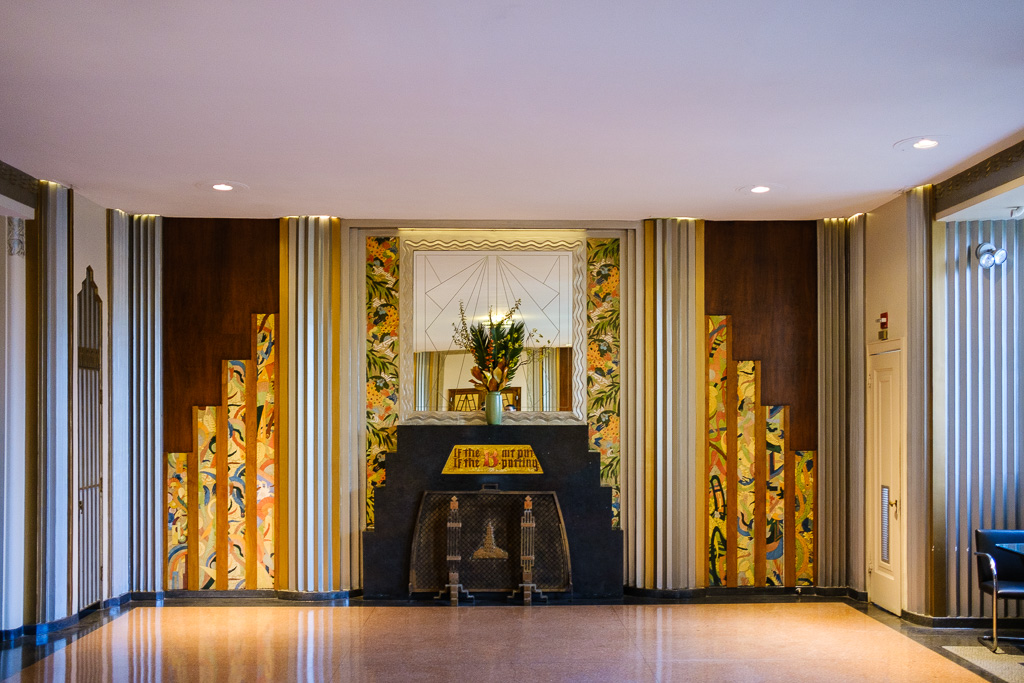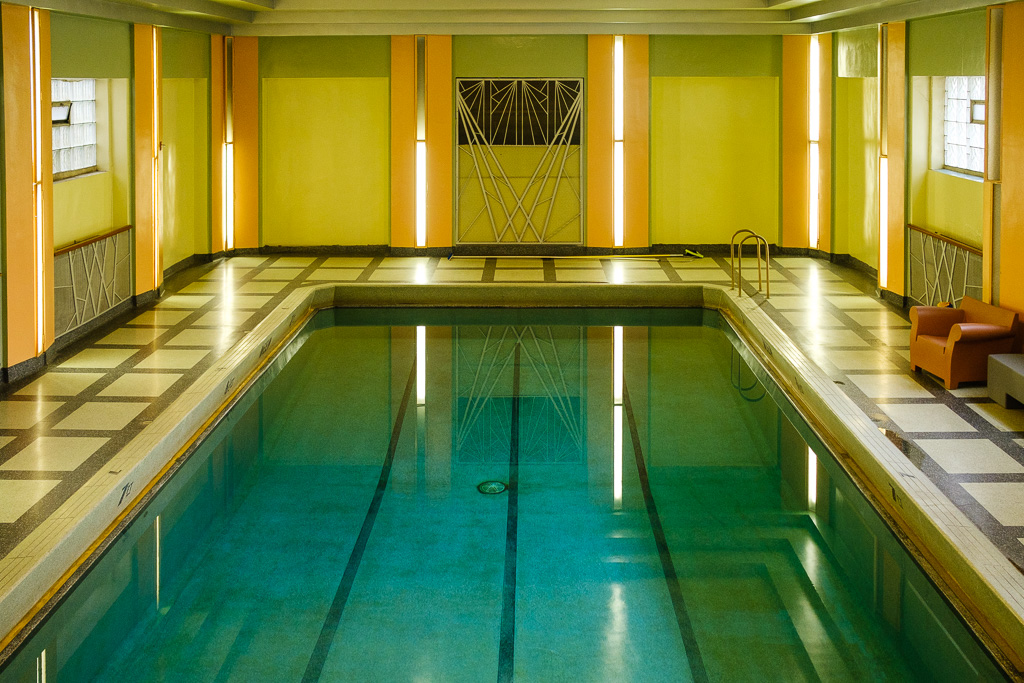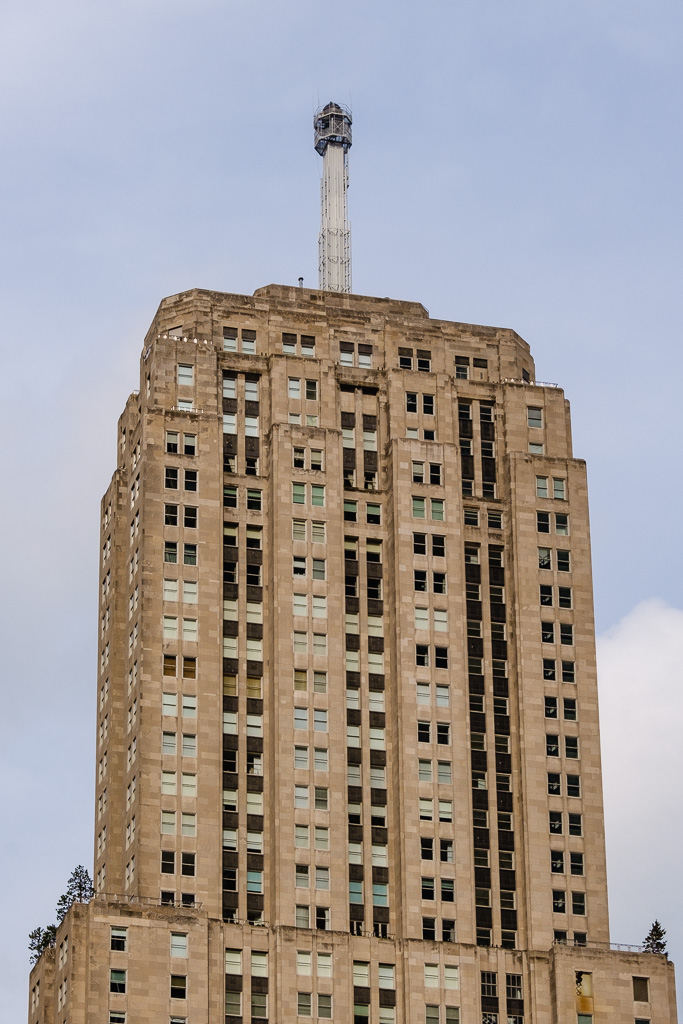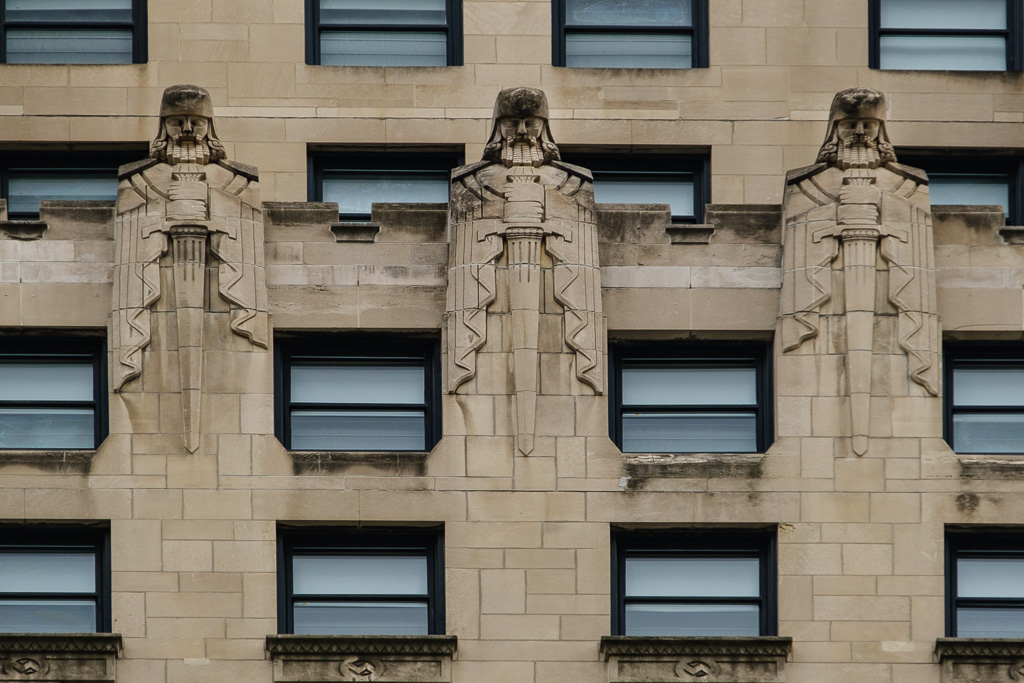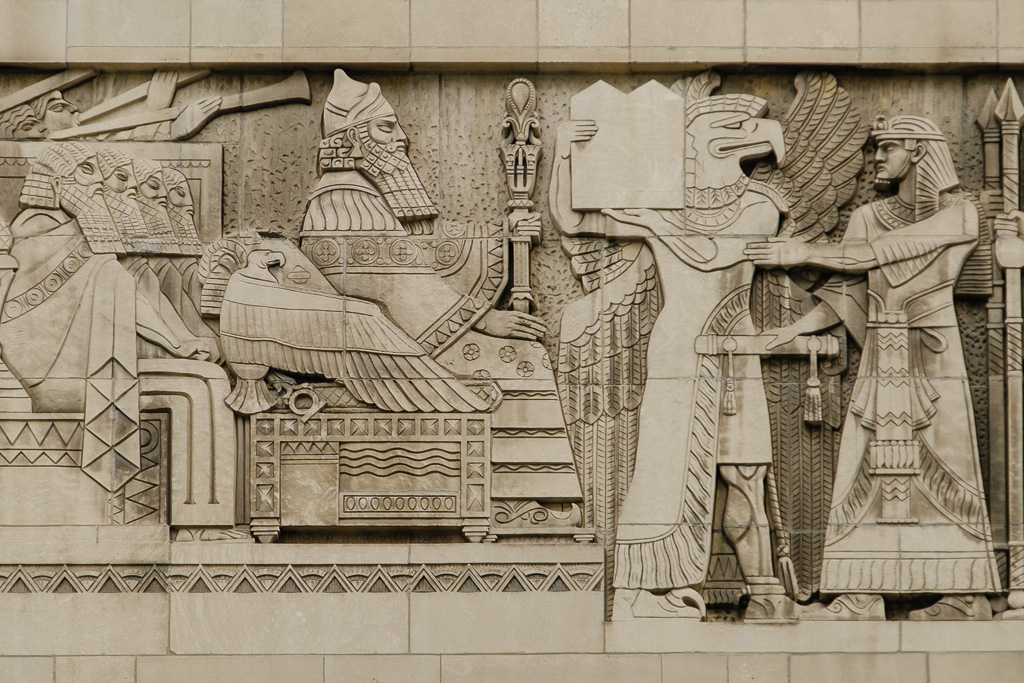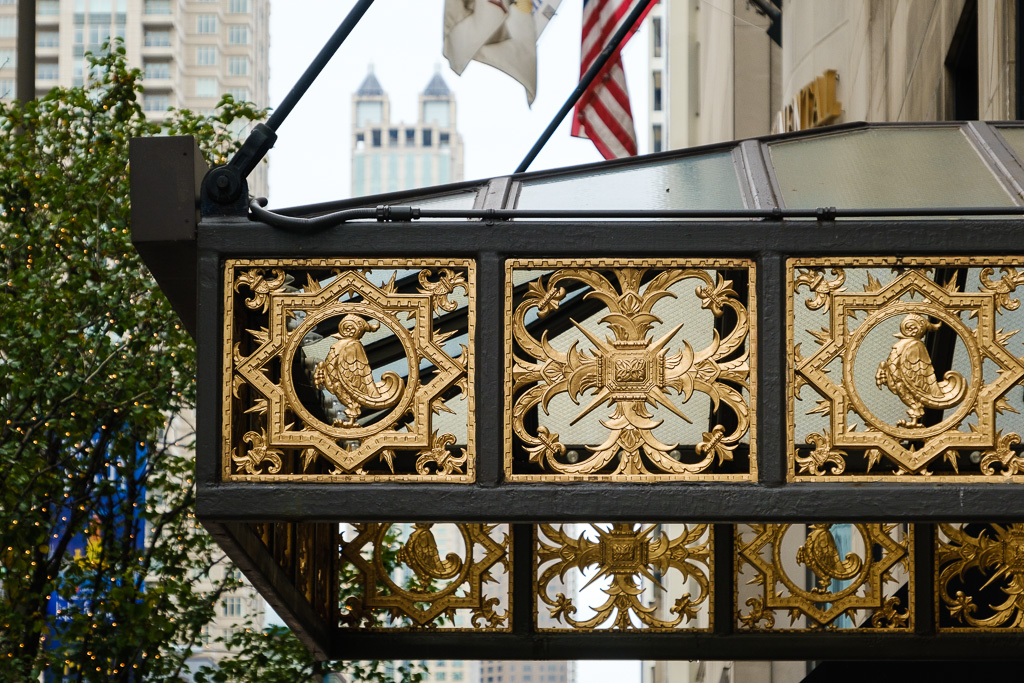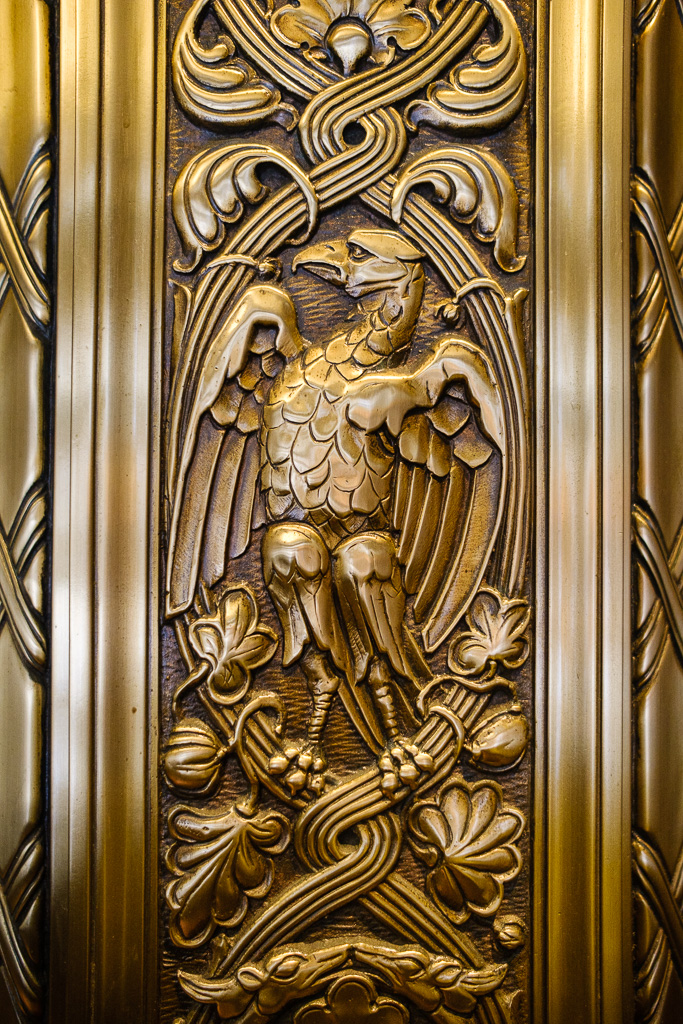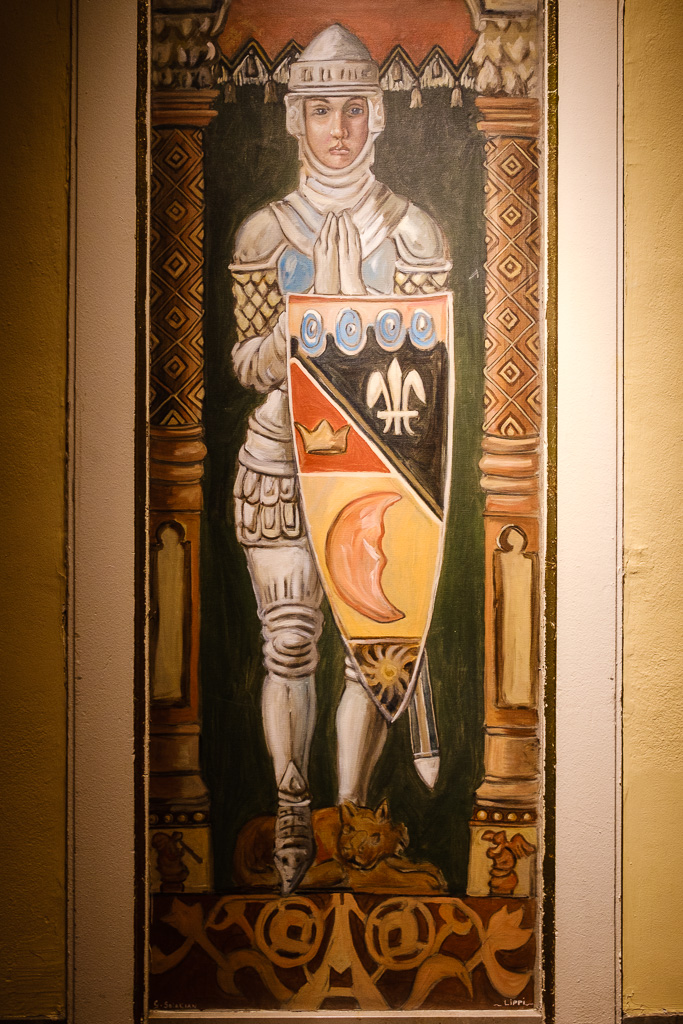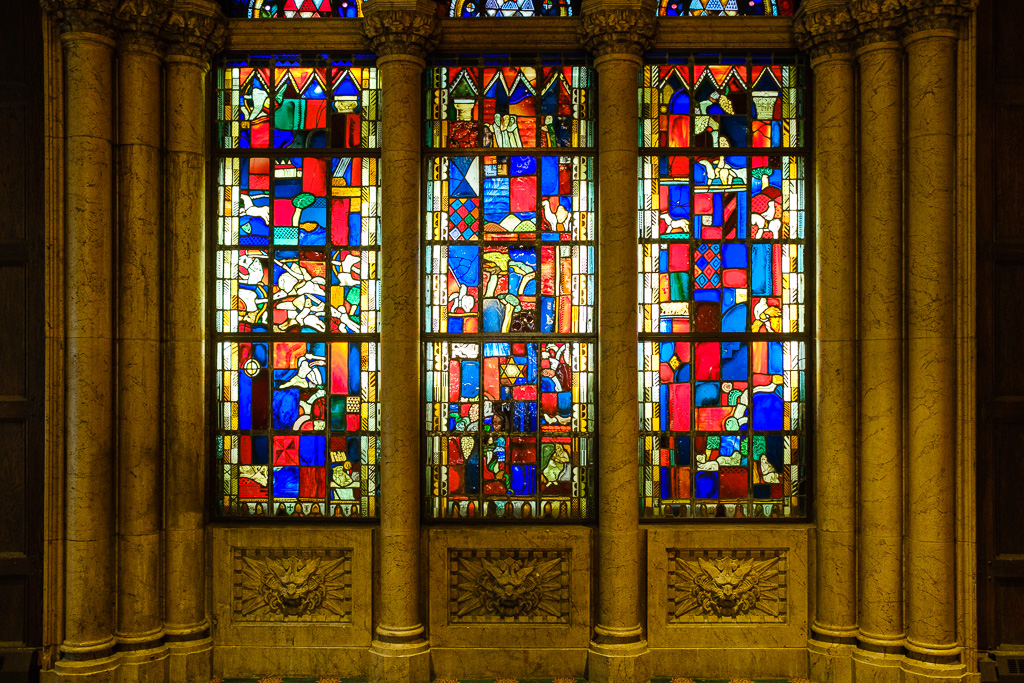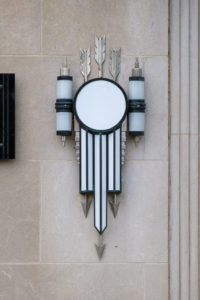
Powhatan Apartments
Chicago’s stunning Art Deco architecture.
If you like art deco architecture and you don’t know Chicago, you may want to get it on your list. It sure is high on my list now. What a treasure trove of surviving buildings from the Jazz Age, and so many are in good shape!
This post is going to be 100% Chicago deco. As I like to say, wall-to-wall.
I think I mentioned in a prior post that although I traveled to Chicago on multiple occasions on business and did have a brief look around when I could, the fact is that there was normally very little time on those trips. Airport, hotel, working dinner, check out of hotel and go to meetings the next day, then head back to airport – that was a fairly typical visit. If the stay was longer, it was like being in the Groundhog Day movie. This last trip in late October/early November 2018 was really the first time I was able to do any in depth exploring. The trip was organized by the Art Deco Society of New York (of which I am a member – a fine organization with excellent programs) in cooperation with the Chicago Art Deco Society. Besides the Frank Lloyd Wright sites (see prior post) we also looked at a lot of deco, as you might expect. It was really good to get to know all this amazing deco better after so many years of just fleeting glimpses.
The fact is that Chicago has an abundance of significant deco structures, and most of the really important ones are in a relatively compact area (namely in the historic business center – the “Loop” – and the Near North across the Chicago River). The city was booming in the early part of the 20th century, and in the 20s and 30s when the buildings in this set were constructed, art deco was a new and exciting architectural style. Chicago embraced it.
Some of these photos I took on my own before and after the group outings, but many of them are from group tours with guides from the excellent Chicago Architecture Center. If you find yourself in Chicago and would like to do a walking tour, this is the place to go. The guides we had were highly knowledgeable – and like most Chicagoans I encountered also really, really friendly and welcoming – and this made it all that much more enjoyable. Even if you don’t sign up for a tour, the center is definitely worth a visit.
One of the surprising things while I was having a look at the various deco buildings is how liberal a policy there seems to be there in Chicago about allowing visitors in the historic lobbies and letting them photograph (especially when compared to New York City where I currently live). Also, I marveled at how many of the buildings I visited there which have been restored or are in the process of restoration; there were many construction sheds at street level in front of the buildings. Bravo, Chicago. They take their architecture pretty seriously. If you are walking around on your own, head into some of these lobbies. There will be very few buildings where they turn you away.
As you’ll see in the set, the architectural detail at (and in) the Chicago buildings is truly a feast for the eyes. You’ll notice that a number of the photos are taken from the Chicago River. There are architectural boat tours on the river – I can highly recommend trying one. Several organizations offer them. It was great. Well, it was the second day I tried to get on. On the originally scheduled day we were rained out which doesn’t normally happen but the water on the portion of the tour on Lake Michigan was considered to be too rough. That day turned into a museum day…
Briefly, in this set we’ll see (among other things), first, the gorgeous Carbide & Carbon Building designed by the Burnham Brothers (1929). A golden top, a green and gold terracotta façade, gold-leaf trim (with real 24 karat gold), a base of reflective black granite and an elegantly extravagant lobby: what a show-stopper. It’s now the St. Jane Chicago Hotel.
Also is the set is the Chicago Board of Trade Building (Holabird & Root, 1930). It’s been called the “the epitome of Art Deco styling”. In the mid-November 2018 post tracing the route of Route 66 through the Loop, I already shared some photos. In this set you will see some different shots of the building. The lobby is spectacular. An aluminum, three-story statue of Ceres, the goddess of agriculture (particularly grain) in ancient Roman mythology, by sculptor John H. Storrs, tops the building off. Wow.
The One North LaSalle Building (Vitzthum & Burns, 1930) gets my prize for the most over-the-top lobby. The interior ornamentation is amazing. Check out those elevators!
The Field Building (Graham, Anderson, Probst & White, 1934) is now called the Bank of America Building. I read that BofA will be moving to a new tower. I used to have meetings in this building (among others). The building was constructed by the estate of department store magnate Marshall Field (hence the original name) and is considered to be the last true Art Deco tower (44 floors) in the Loop. I read that it was the last major building erected in Chicago before the big construction lull that set in due to the Depression and later World War II.
The former national headquarters of Montgomery Ward (on the North Branch of the Chicago River) is now condos.
The Civic Opera Building (of which there is a small partial view in this set taken from the river) is a massive 45-story office tower (with two 22-story wings) located at 20 North Wacker by the river (Graham, Anderson, Probst & White, 1929). I did not get to see the interior. Next time. In addition to the office space, inside is a 3,563-seat opera house which is the second-largest opera auditorium in North America. It’s the home of the Lyric Opera of Chicago.
The Merchandise Mart (Graham, Anderson, Probst & White, 1930) also on the Chicago River (on the north bank opposite Wacker Drive and the East Loop) was the largest building in the world when completed. The “Hall of Fame” busts in front are from the early 1950s and are there to “immortalize outstanding American merchants” at the leading retail giants of the era. In today’s 21st century retail apocalypse they seem more like a memorial to the dearly departed of the retail world: these were the leaders at Sears, Montgomery Ward, A&P, Marshall Fields and Woolworths, among others…three out of five of those names were companies headquartered in Chicago.
It’s astounding how many iconic American companies (retail and otherwise) were, and still are, based in Chicago.
The Powhatan Apartments (1929) is an apartment building by Lake Michigan and adjacent to Burnham Park in the Kenwood neighborhood in the South Side (just above Hyde Park and the University of Chicago). Another beauty. We were given a tour of the interior by one of the residents who is a member of the Chicago Art Deco Society. We were very fortunate indeed to be able to get inside – what a treat. Talk about the elegance of a bygone era! It’s otherwise closed to the public. There’s even an art deco pool.
The Powhatan and the Adler Planetarium (1930) are the only two in the set outside of the central business districts. The Adler sits at the northeast tip of Northerly Island at the shore of Lake Michigan near the southern section of Grant Park – just over and up from Soldier Field where the Chicago Bears play.
Towards the end of the set are a few buildings in the Near North, along North Michigan – the famous “Magnificent Mile” as it is called. The Palmolive Building (Holabird & Roche, 1929) is another significant deco structure. It was originally built for what was then known as the Colgate-Palmolive-Peet Company (now Colgate-Palmolive). From 1966 to 1989 Playboy Enterprises was based there, and it was home to the editorial and business offices of Playboy magazine; it was even renamed the Playboy Building. It’s a residential building now (and thankfully with the Palmolive Building name restored) with some high-end retail in a couple of the lower floors. At the top of the building is an aluminum tower supporting what’s known as the Lindbergh Beacon.
The Medinah Athletic Club on North Michigan, 1929, is now the InterContinental Chicago; it was originally a luxury men’s club for members of the Shrine organization. Truly an odd one with a mash-up of styles. It’s not in the deco guides but is from the era. There is deco mixed in there along with the Moorish revival architecture and its Gothic touches. Assyrian style relief carvings. Three Sumerian warriors standing guard at the twelfth floor façade above the Michigan Avenue entrance. A Moorish gold dome. The Gothic King Arthur Foyer and Court. The word “eclectic” comes to mind. Once again, when I asked if I could take a look inside, I was welcomed in and photography was permitted. TOTH. I’ll end the set with the Medinah – it’s hard to top it.
I hope you enjoy these spectacular buildings as much as I did seeing them. I know that I went over the usual upper limit of how many photos I put in a set, but there are soooo many of these to choose from. Trust me, there are many more I could have included.
With this post Chicago is a wrap. I am heading to Cuba tomorrow for a week there with a small group of photographers. We’ll be in Havana part of the time, but we’ll also be spending a good part of the time outside of the capital in places like Viñales and Trinidad. It’s my second time there – I was in Cuba with a photography group in 2014 but mostly it was Havana, so I am looking forward to seeing some other parts of the country. I am very excited.
When I get back, my plan is to resume the California grouping where we left off along the Pacific Coast near LA.
In the meantime, here is the final Chicago set. Click on (or tap) an image to expand it (and use the arrow to the right on an expanded image to go through the set, if preferred over scrolling down in the post).
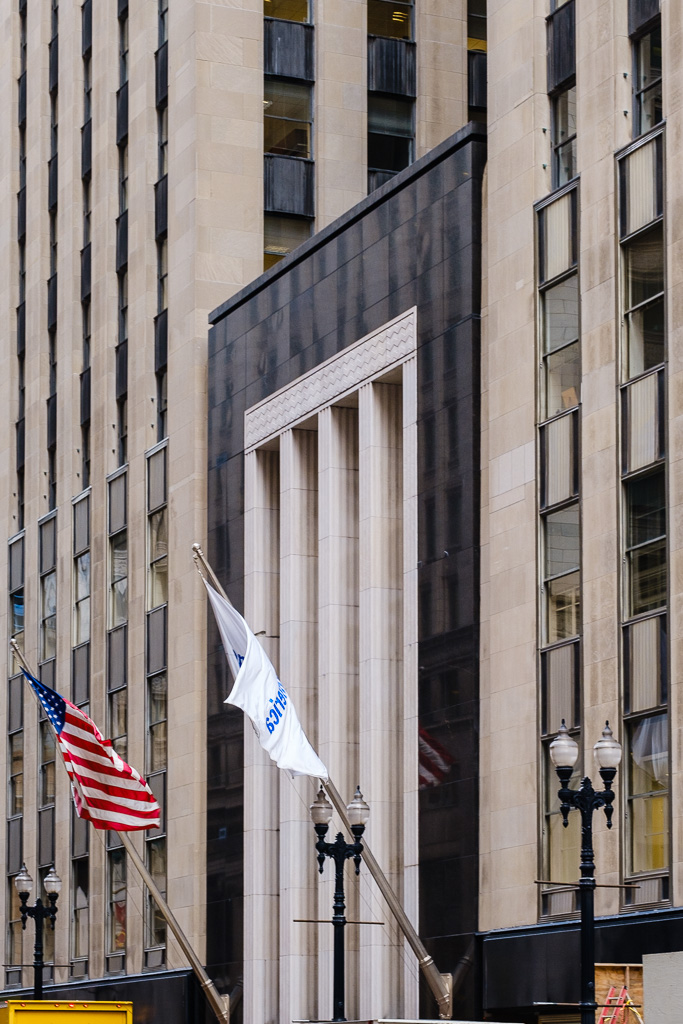
Field Building (now the Bank of America Building), 135 South LaSalle (Graham, Anderson, Probst & White, 1934)
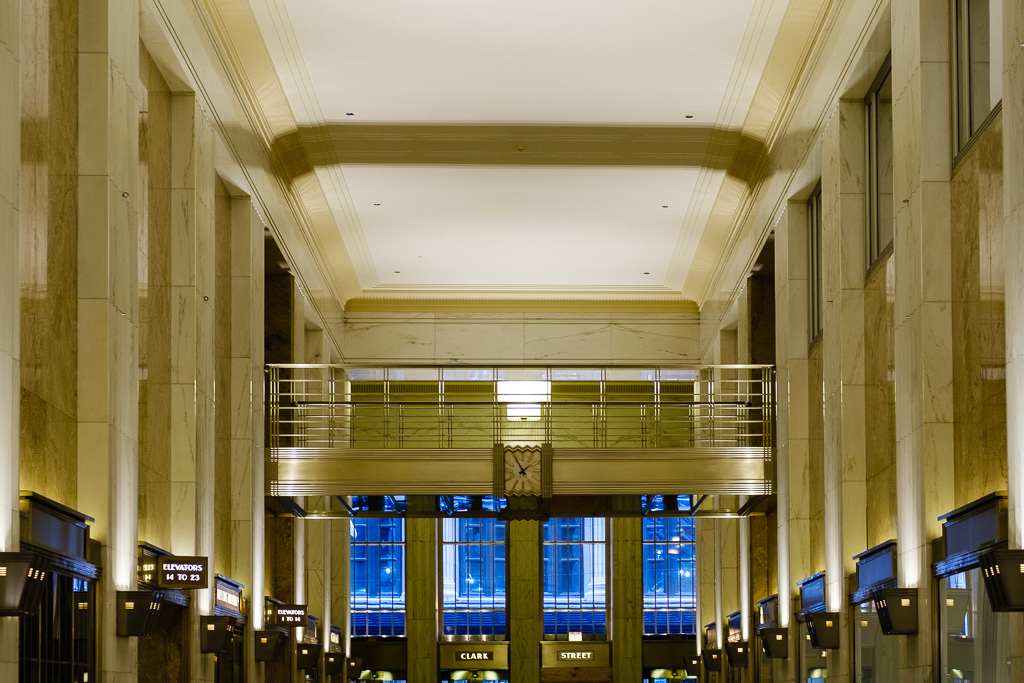
Field Building (now the Bank of America Building), 135 South LaSalle (Graham, Anderson, Probst & White, 1934)
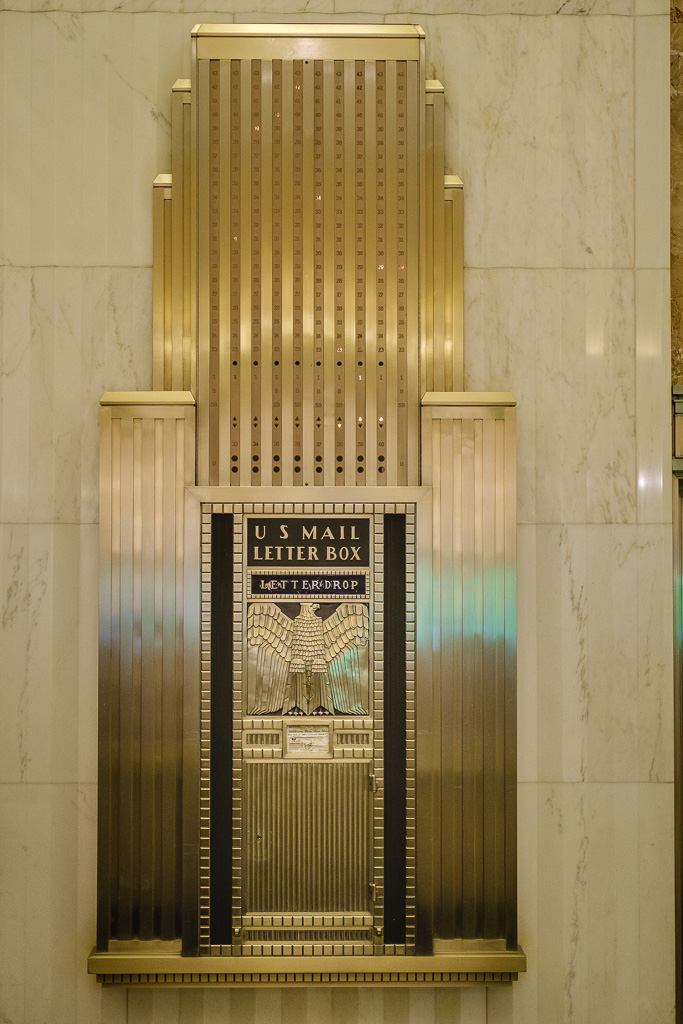
Field Building (now the Bank of America Building), 135 South LaSalle (Graham, Anderson, Probst & White, 1934)
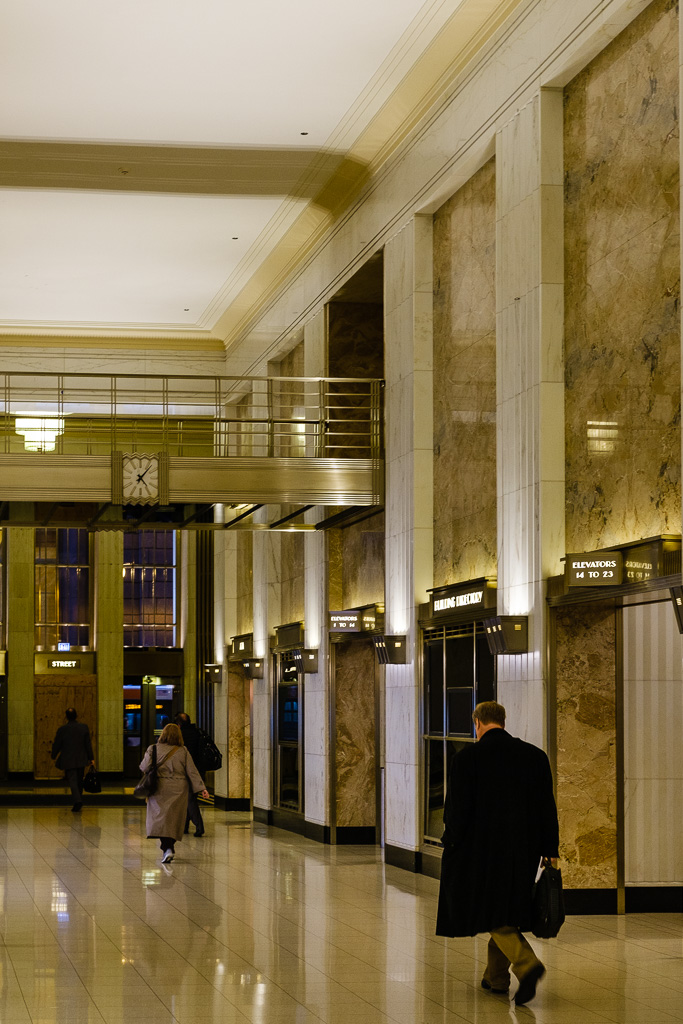
Field Building (now the Bank of America Building), 135 South LaSalle (Graham, Anderson, Probst & White, 1934)
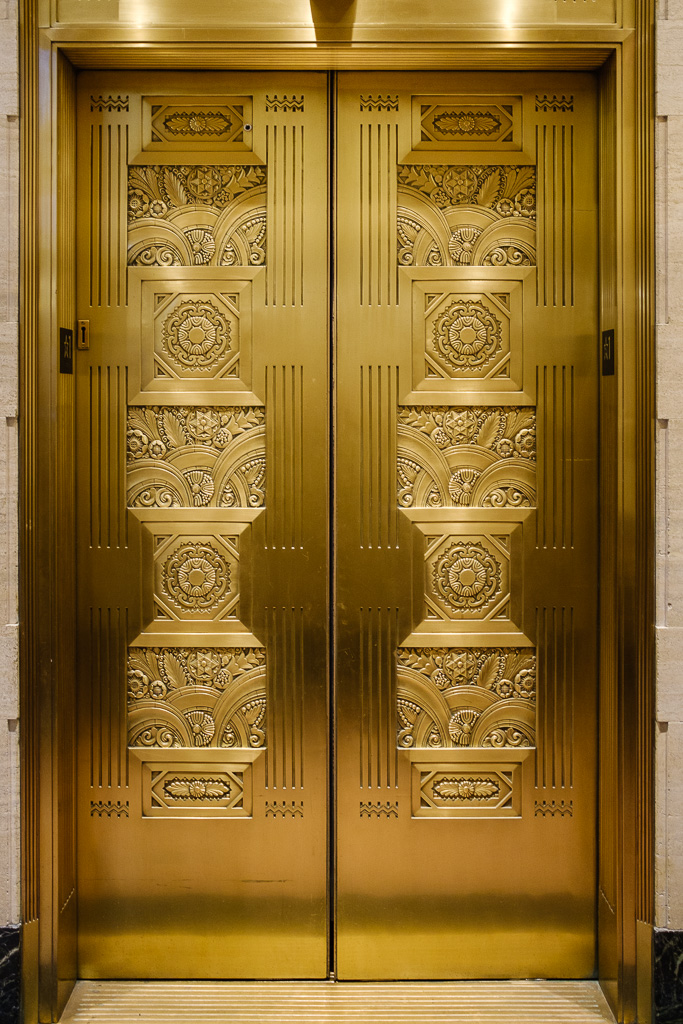
Inside the Loop Center Building,105 W. Madison (AKA Chicago Real Estate Board Building and Madison Street Building), Burnham Brothers (1929)
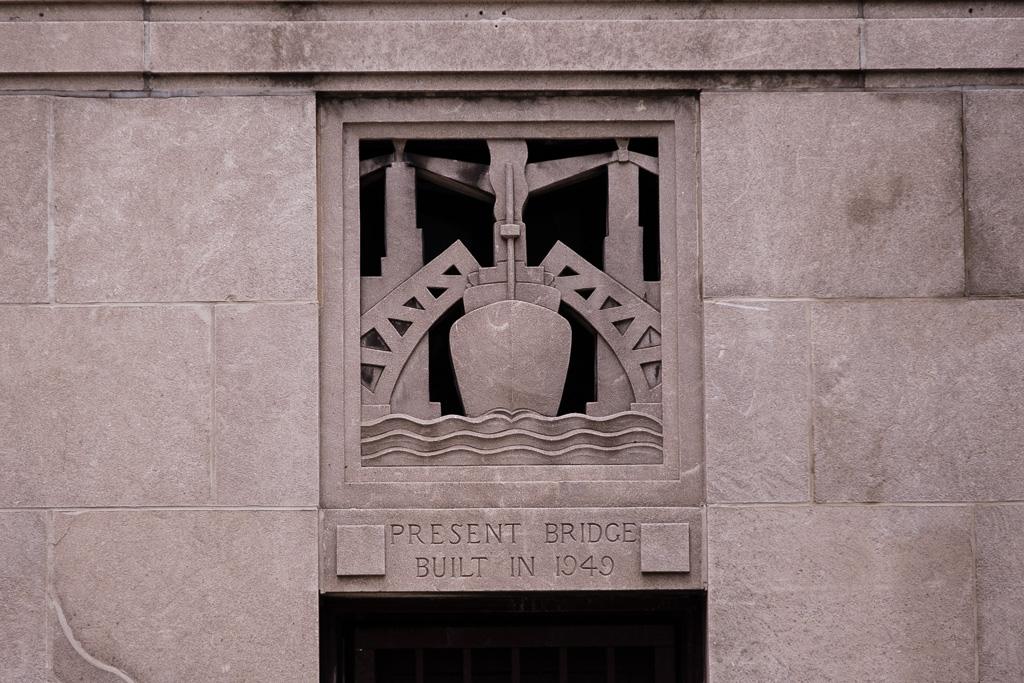
The Bataan-Corregidor Memorial Bridge on the Chicago River, also known as the State Street Bridge (construction started in 1939 with a delayed completion in 1949)
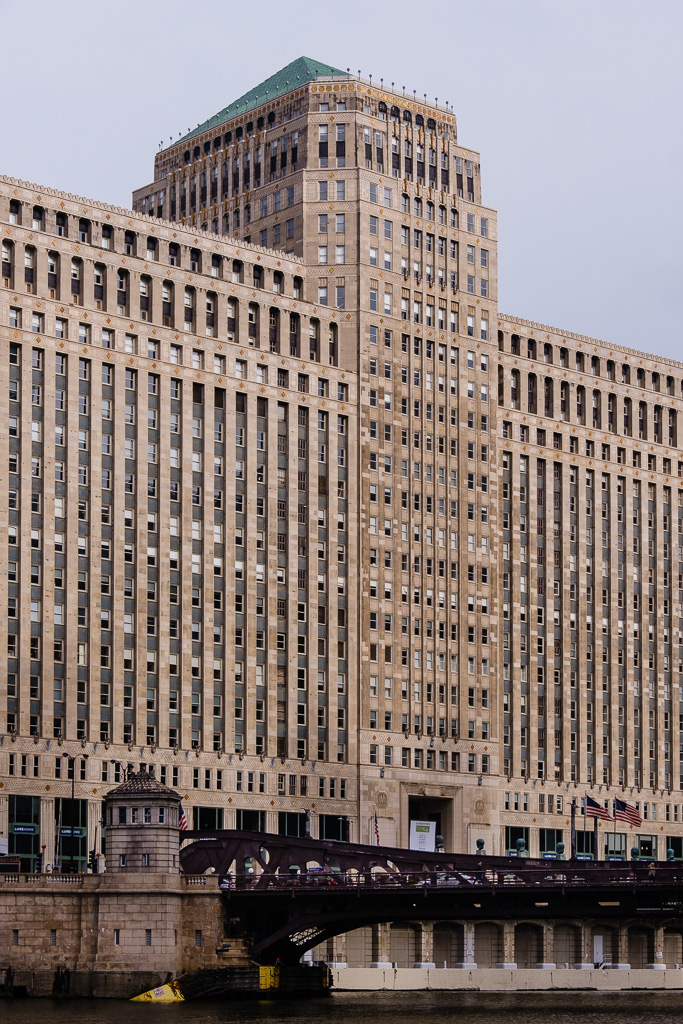
Merchandise Mart (Graham, Anderson, Probst & White, 1930), with the Franklin–Orleans Street Bridge (1920) in the foreground

The former Montgomery Ward Administrative Offices, 619 West Chicago Ave., 1930 (from the Chicago River)

Chicago Union Station Power House (Graham, Anderson, Probst & White, 1930s), from the South Branch of the Chicago River
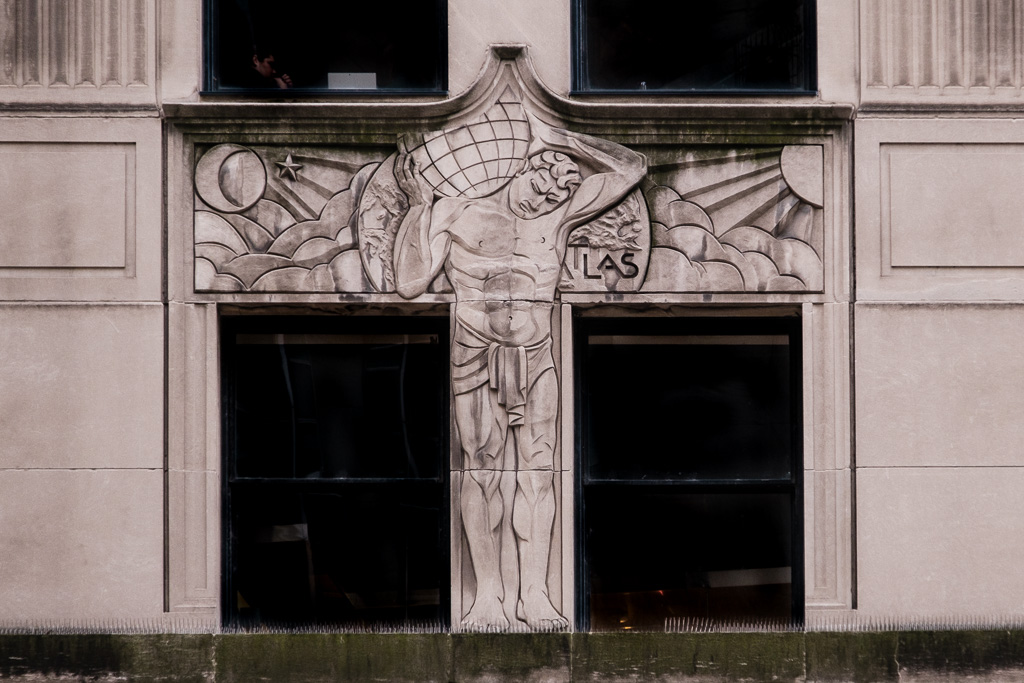
McGraw-Hill Bldg., facade (Thielbar & Fugard, 1929), Magnificent Mile (North Michigan) Near North Side (building demolished in 1998)

